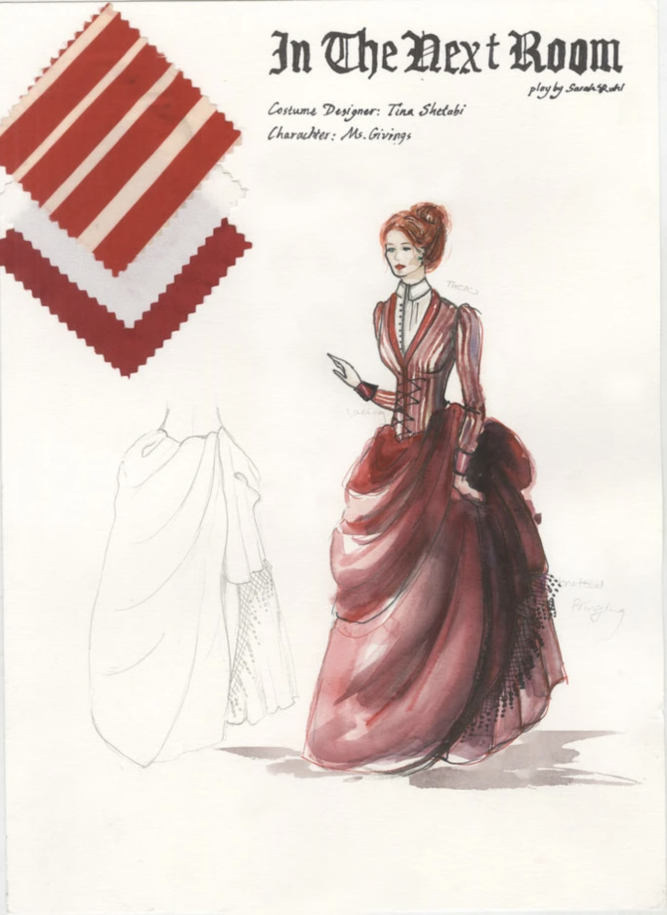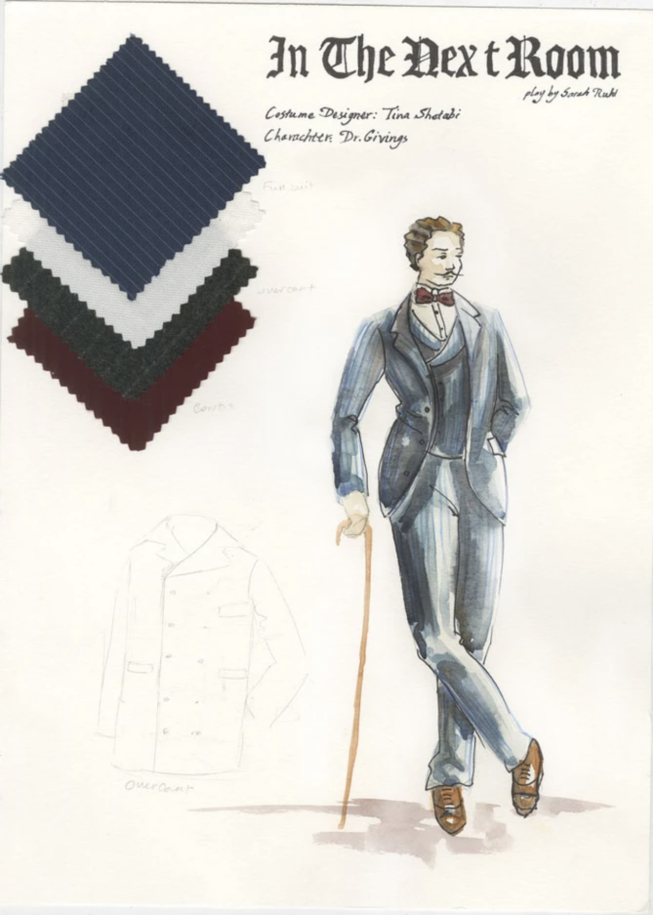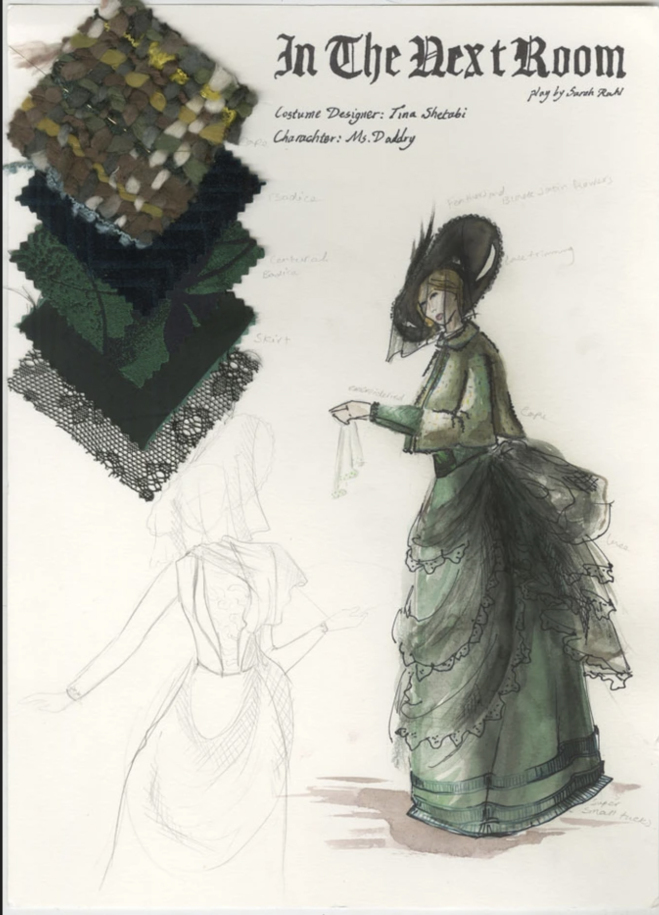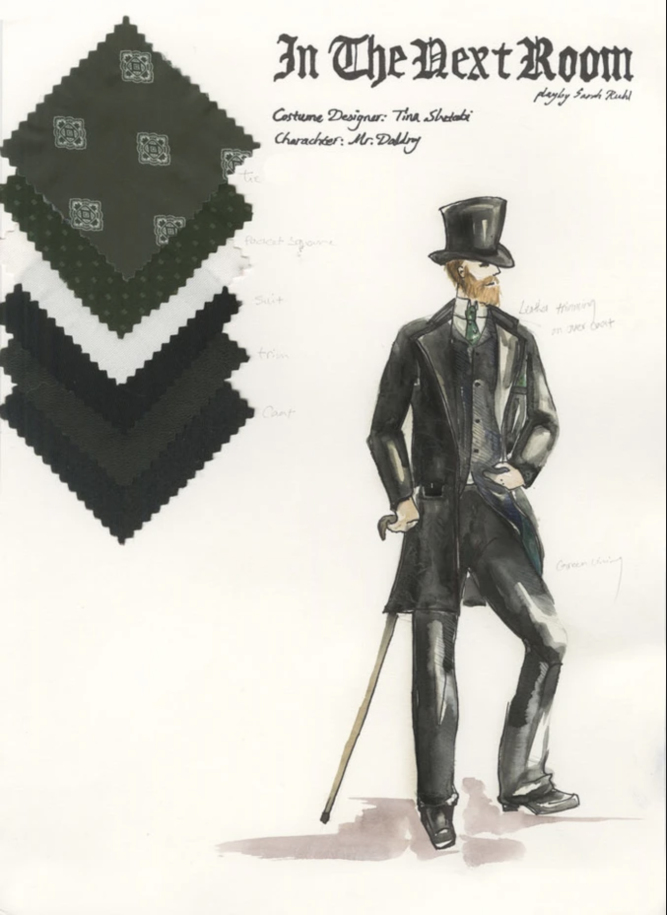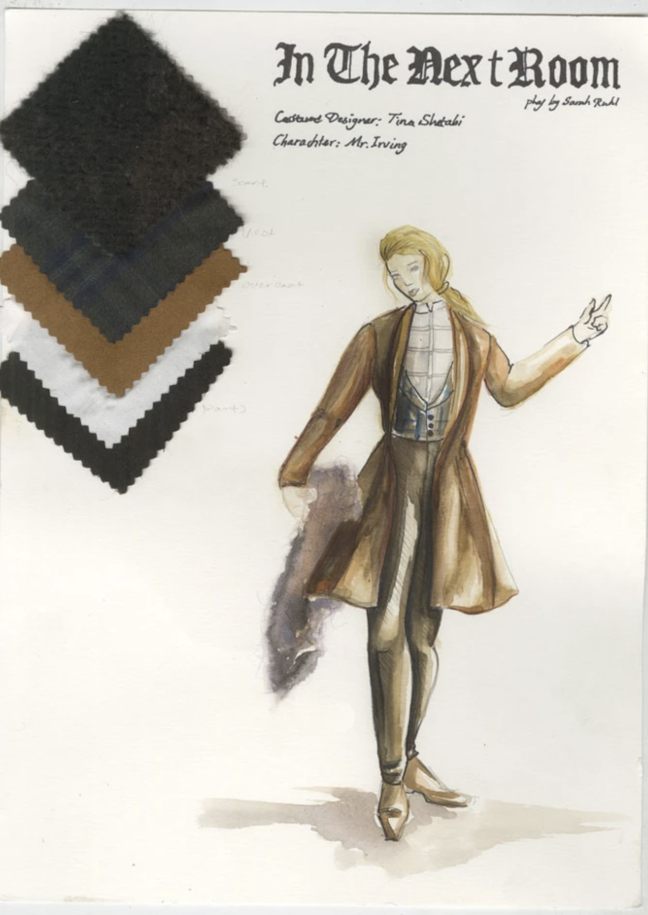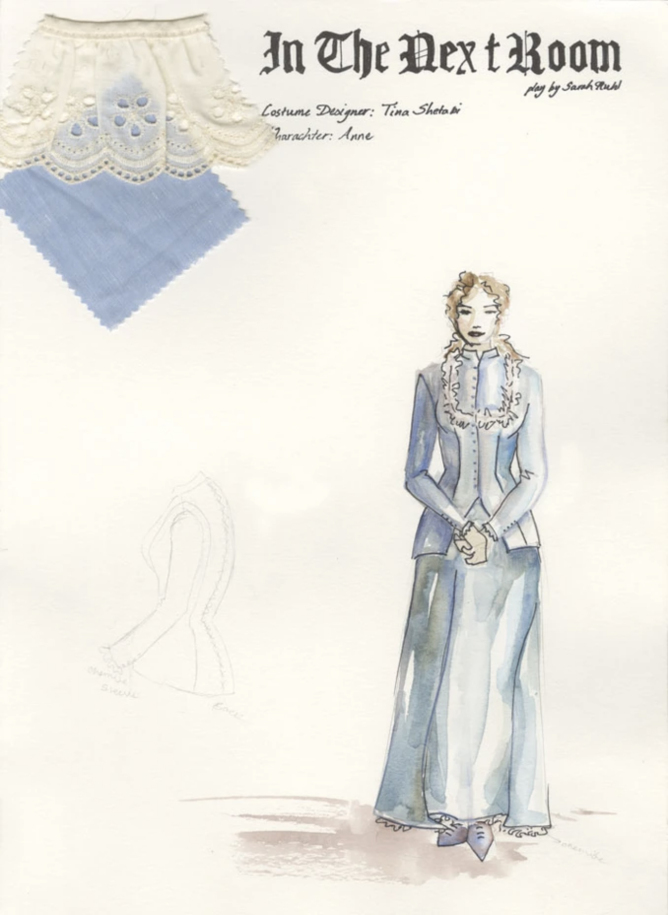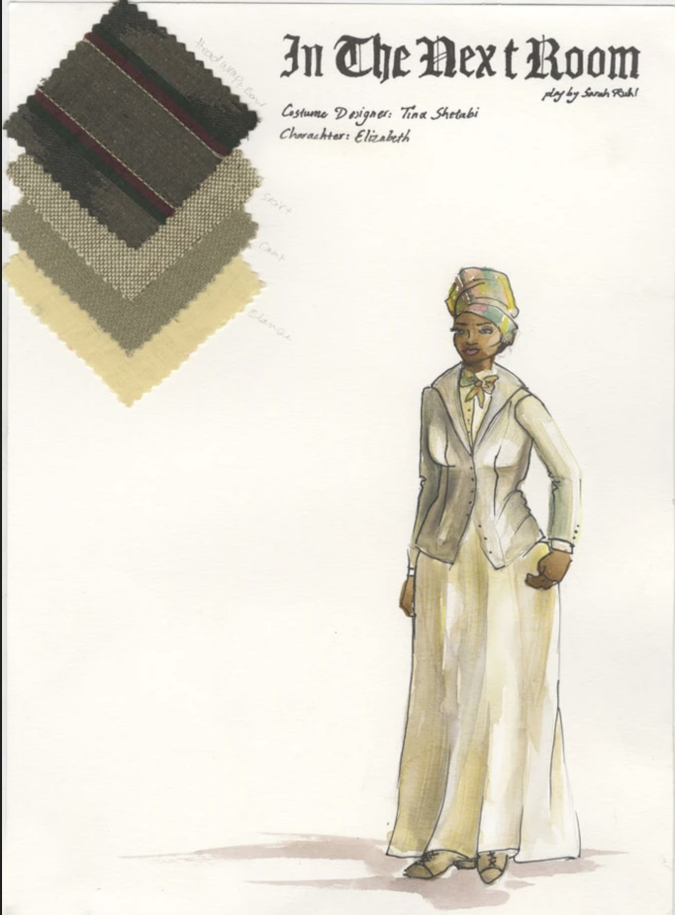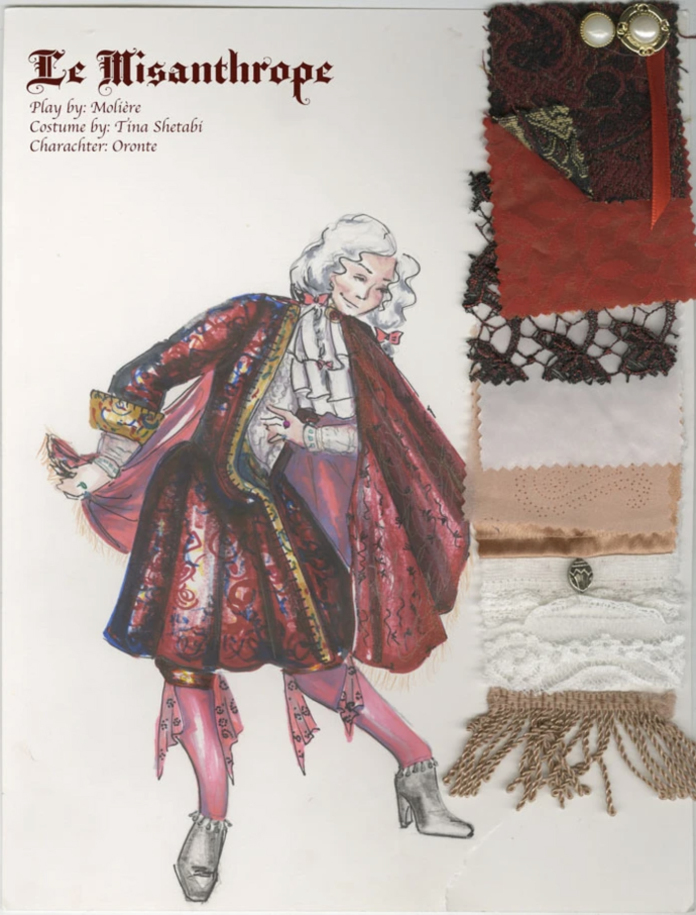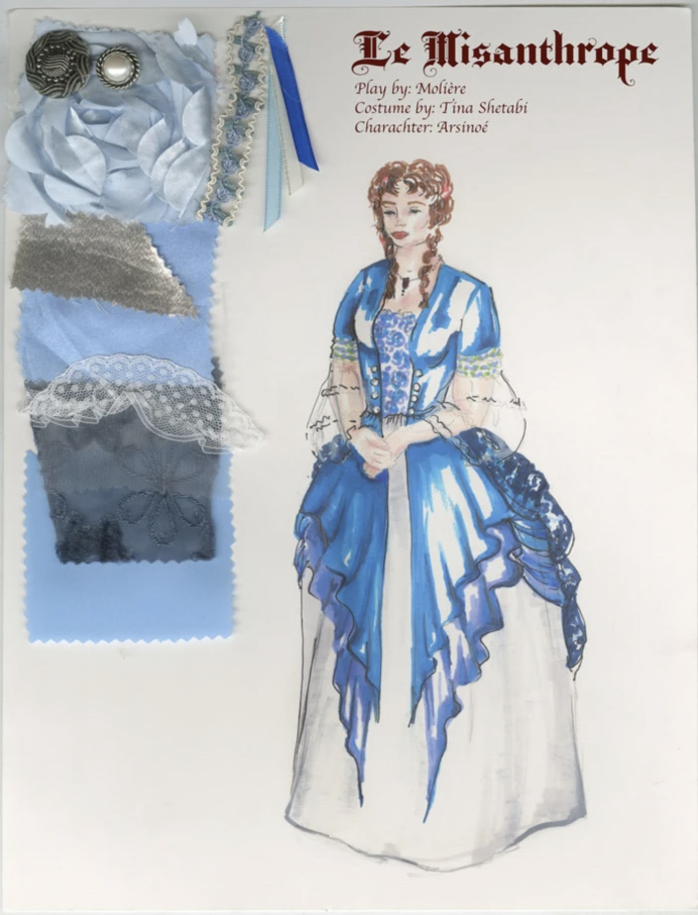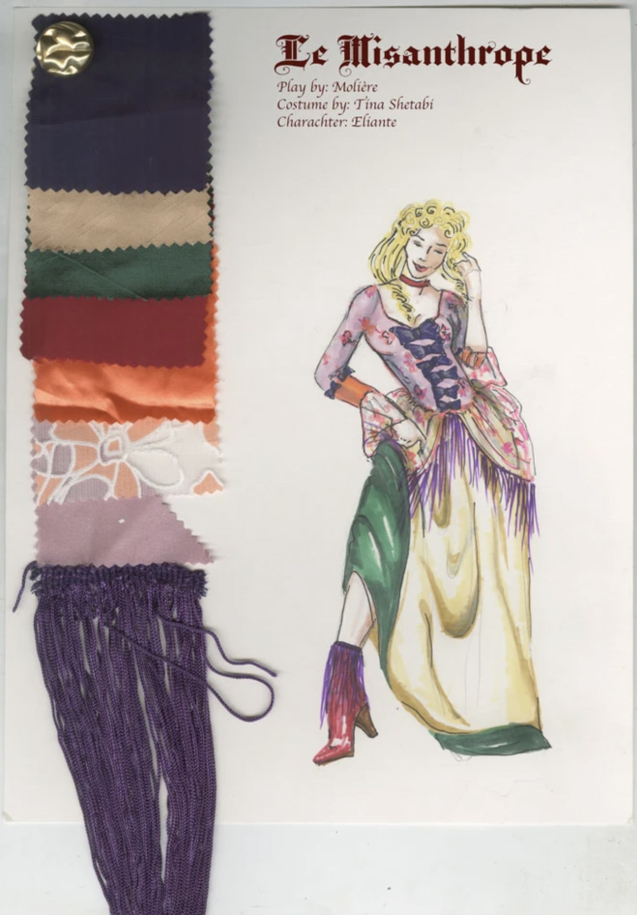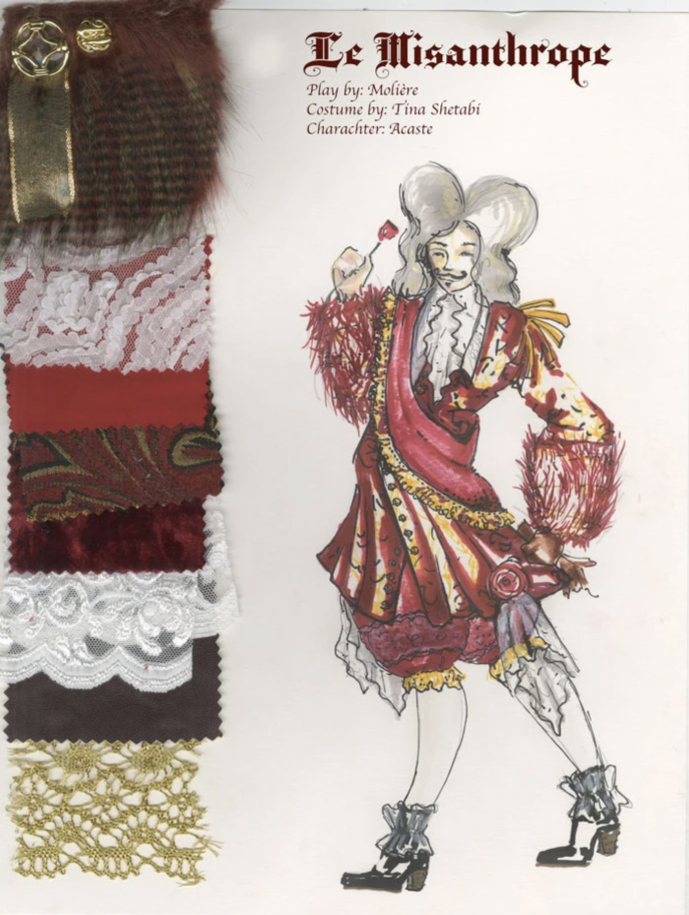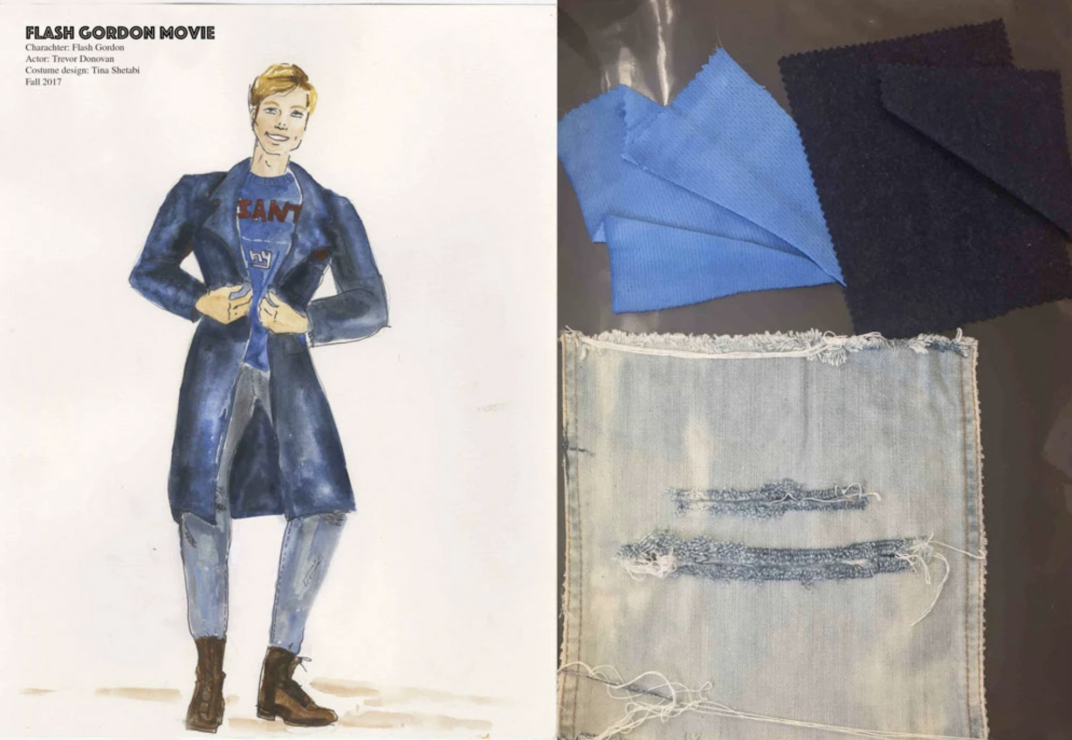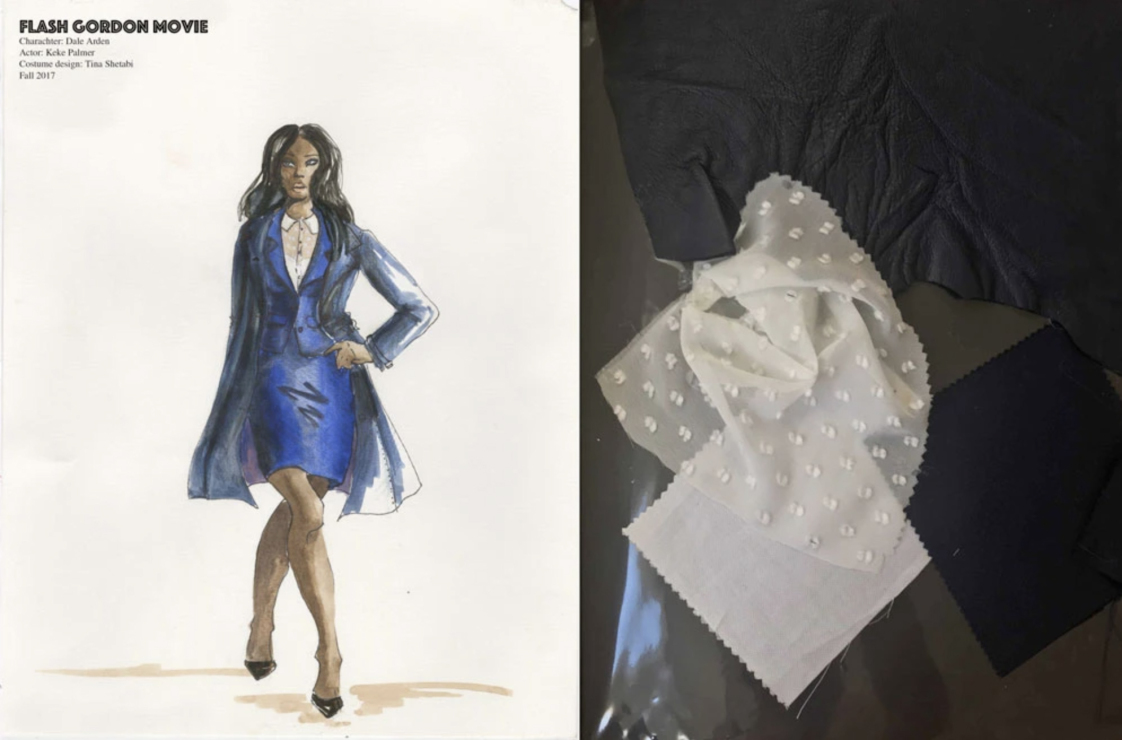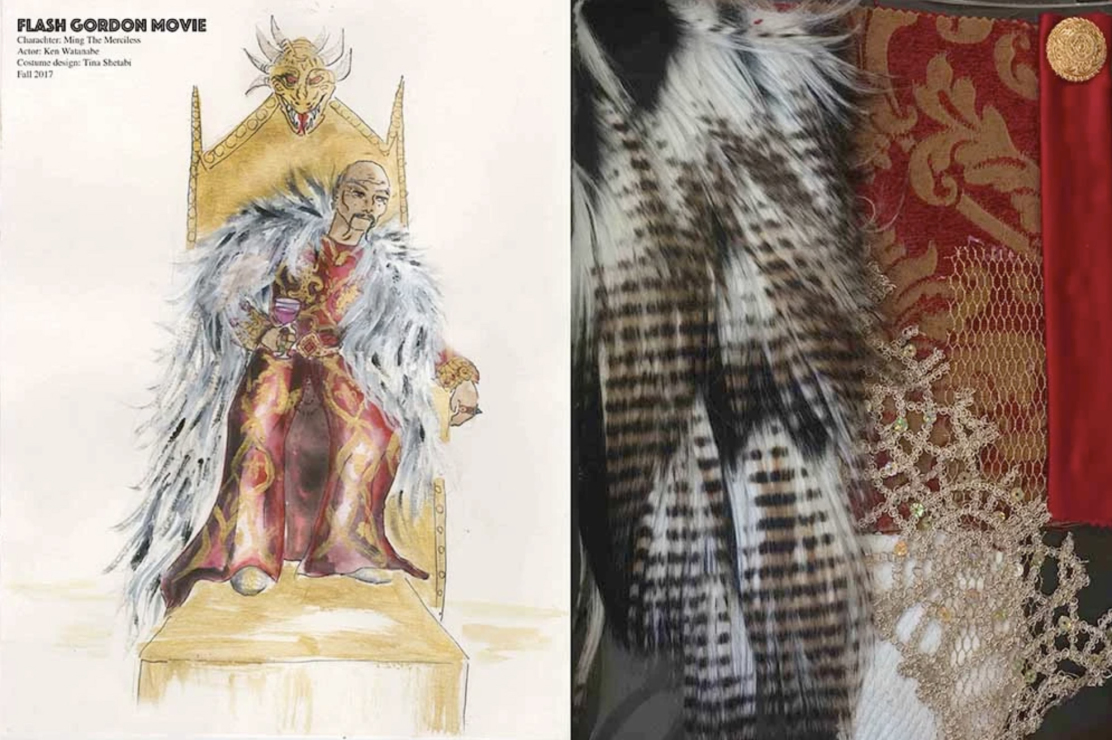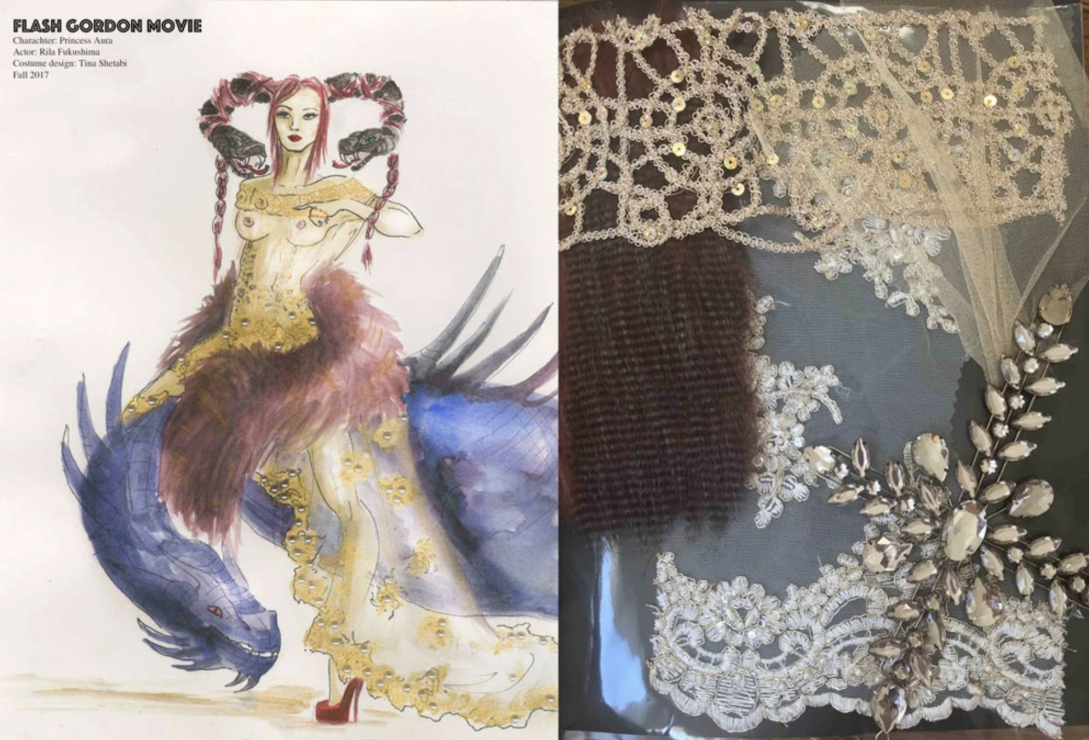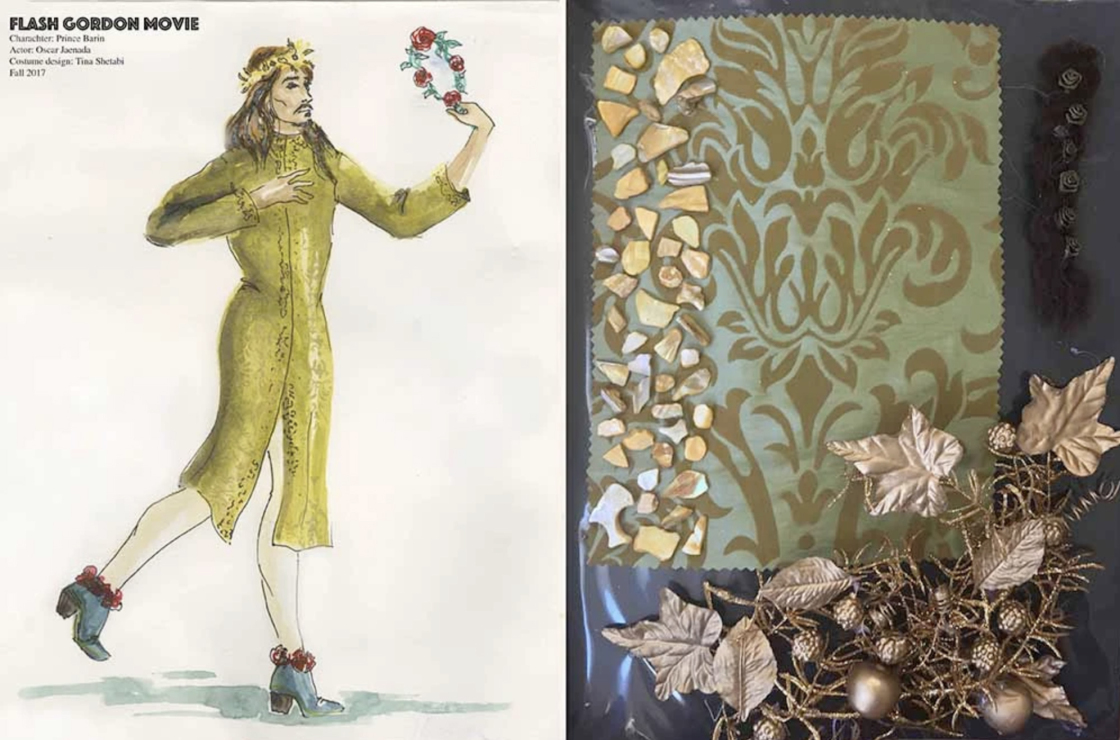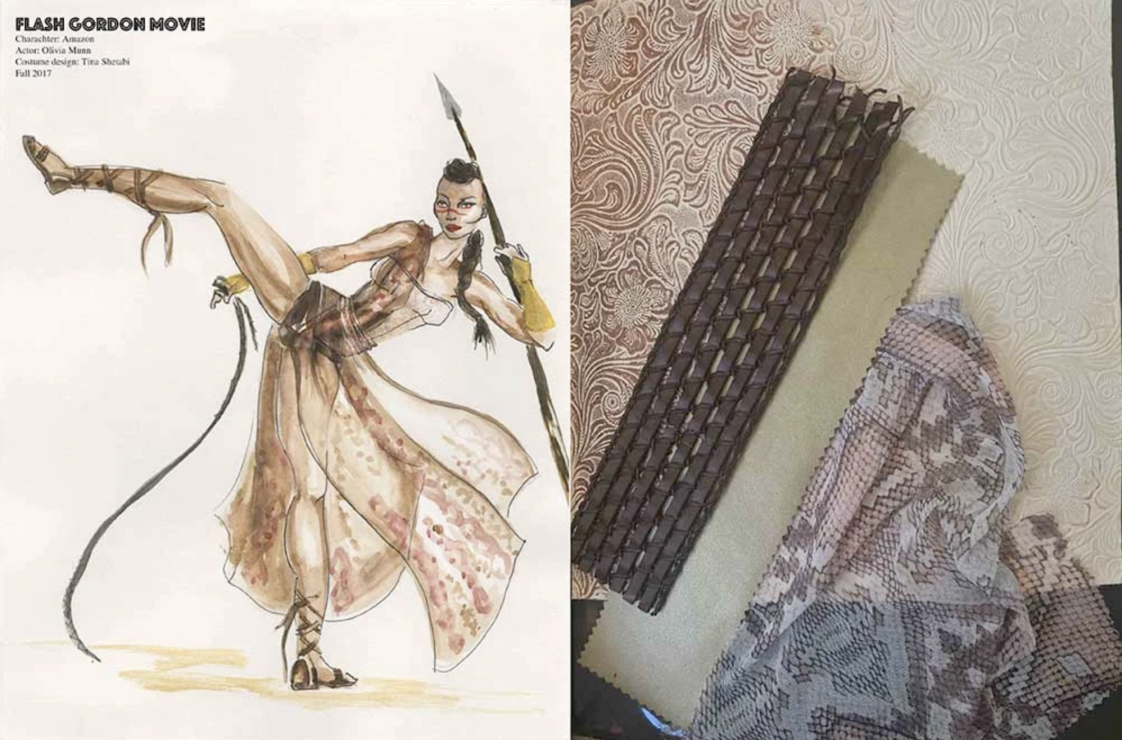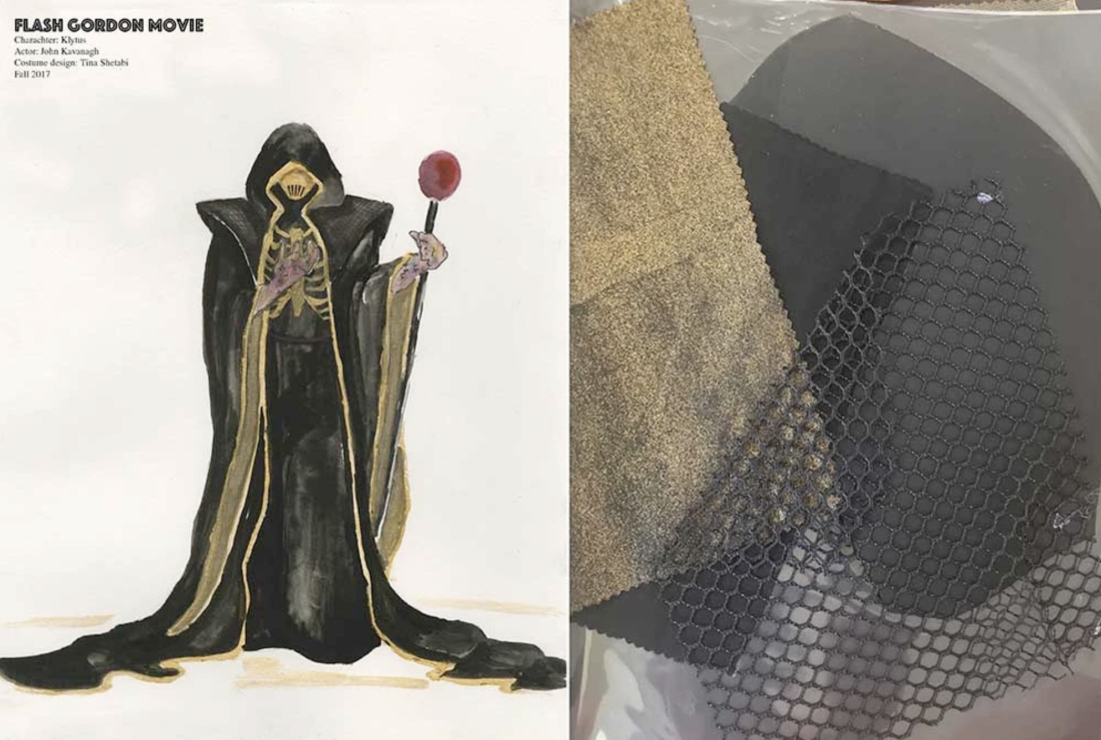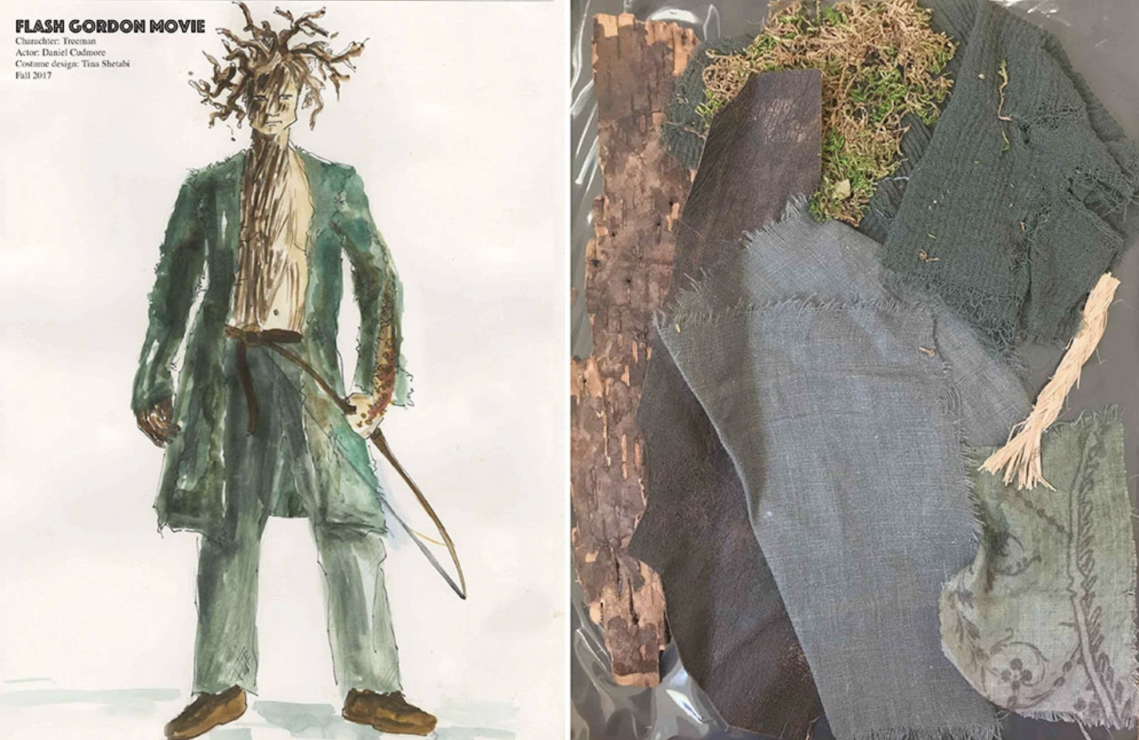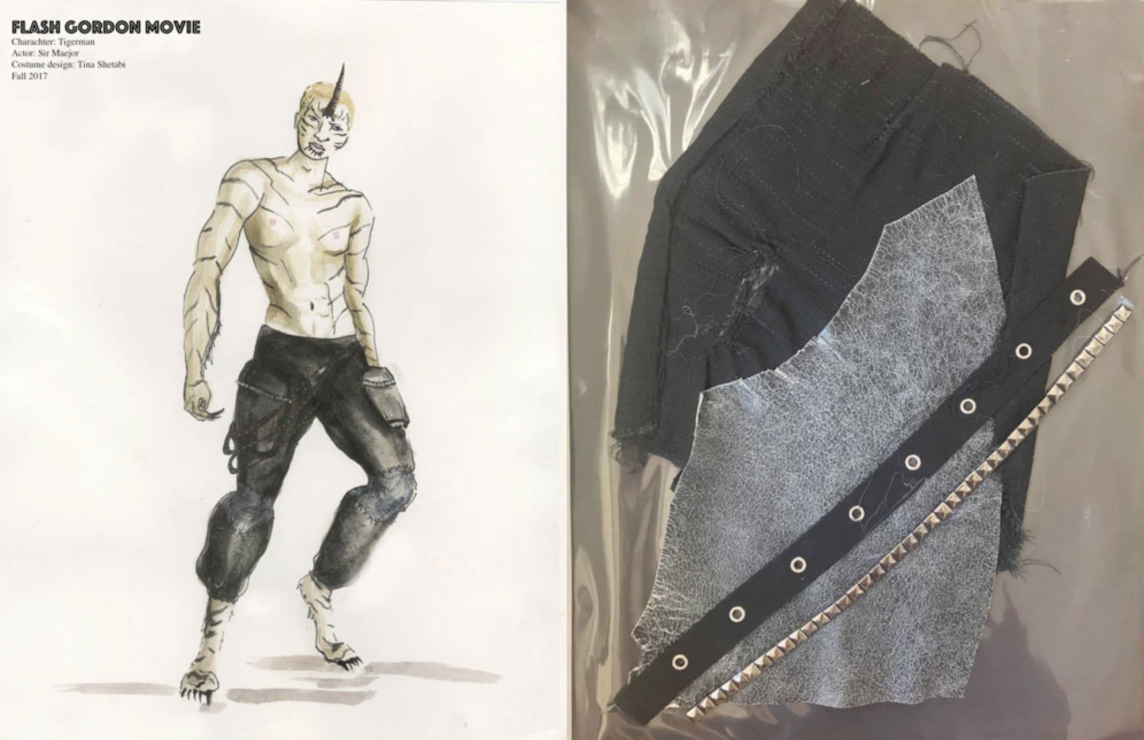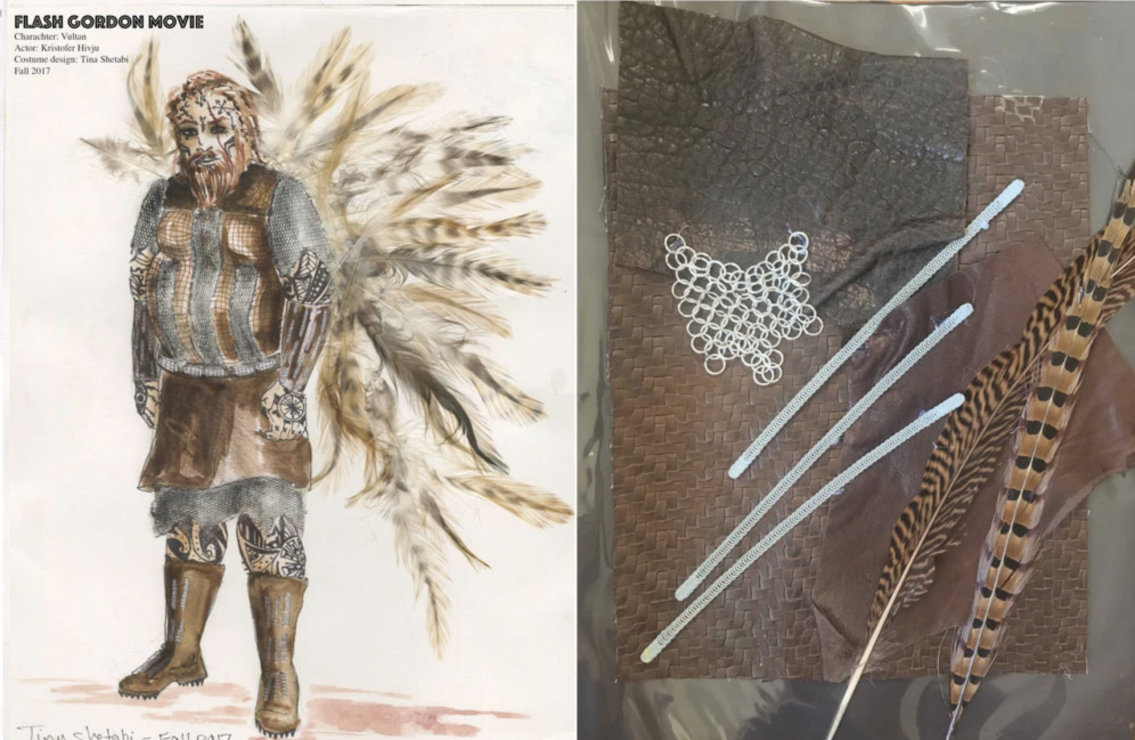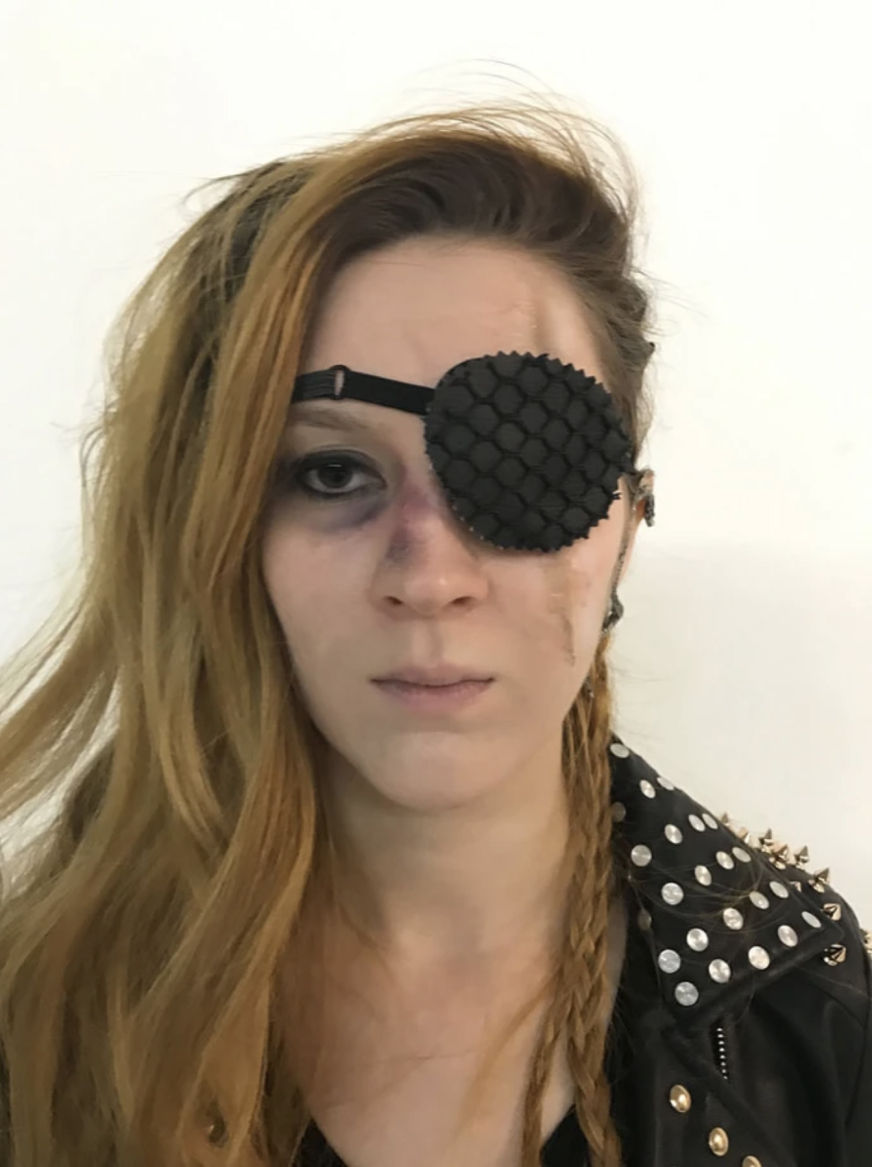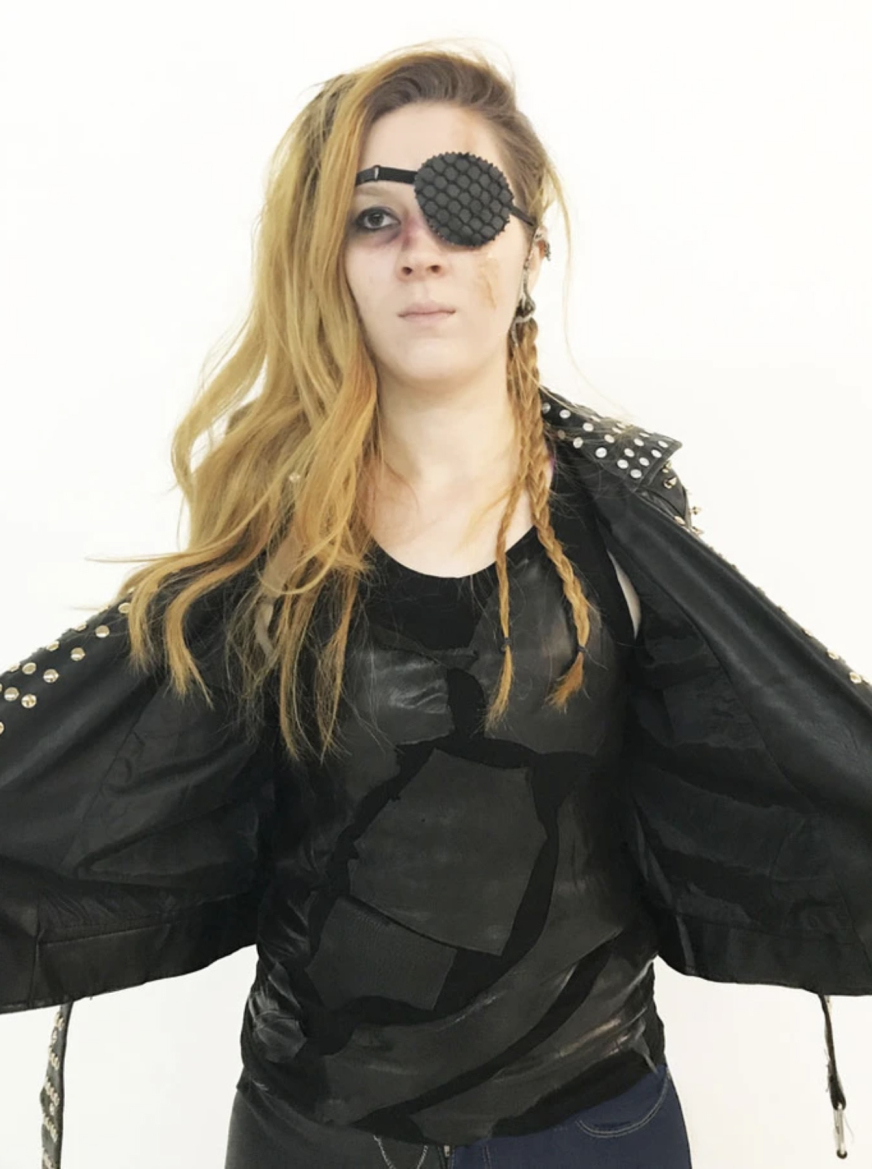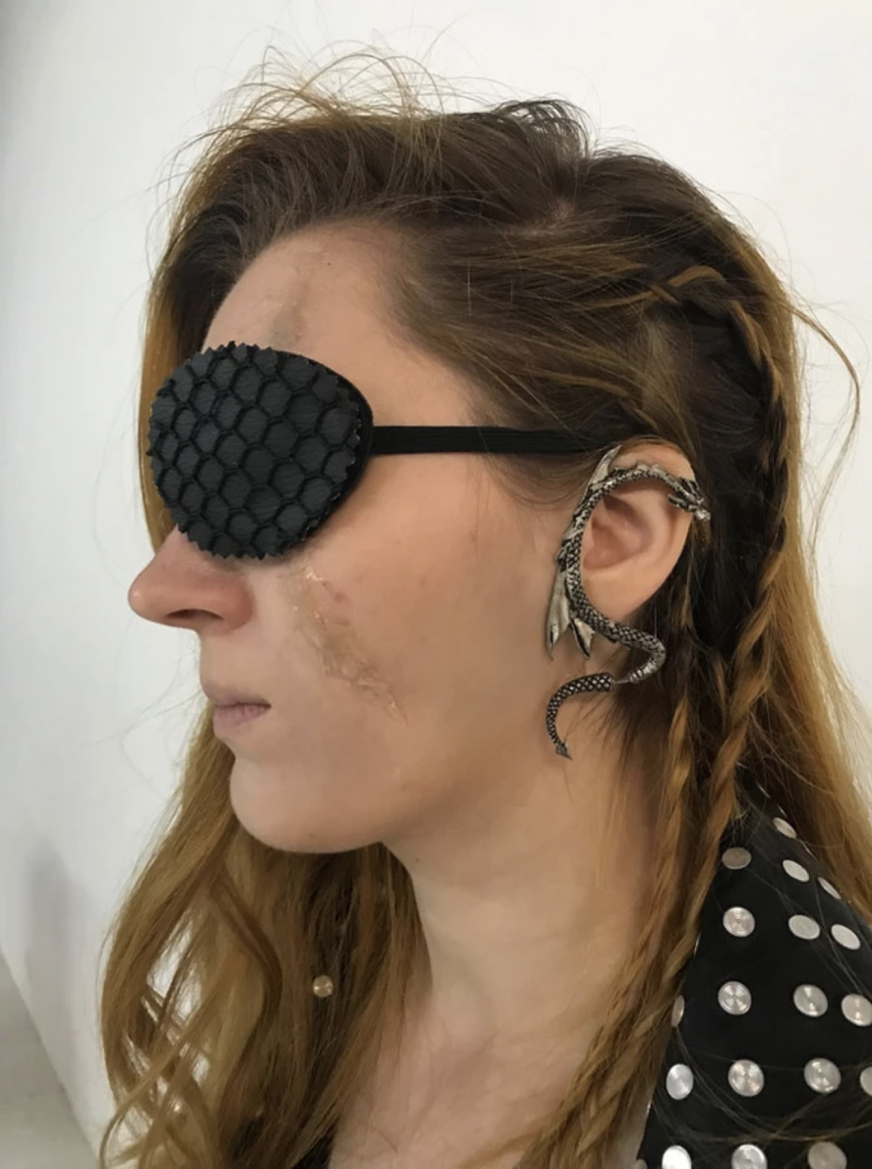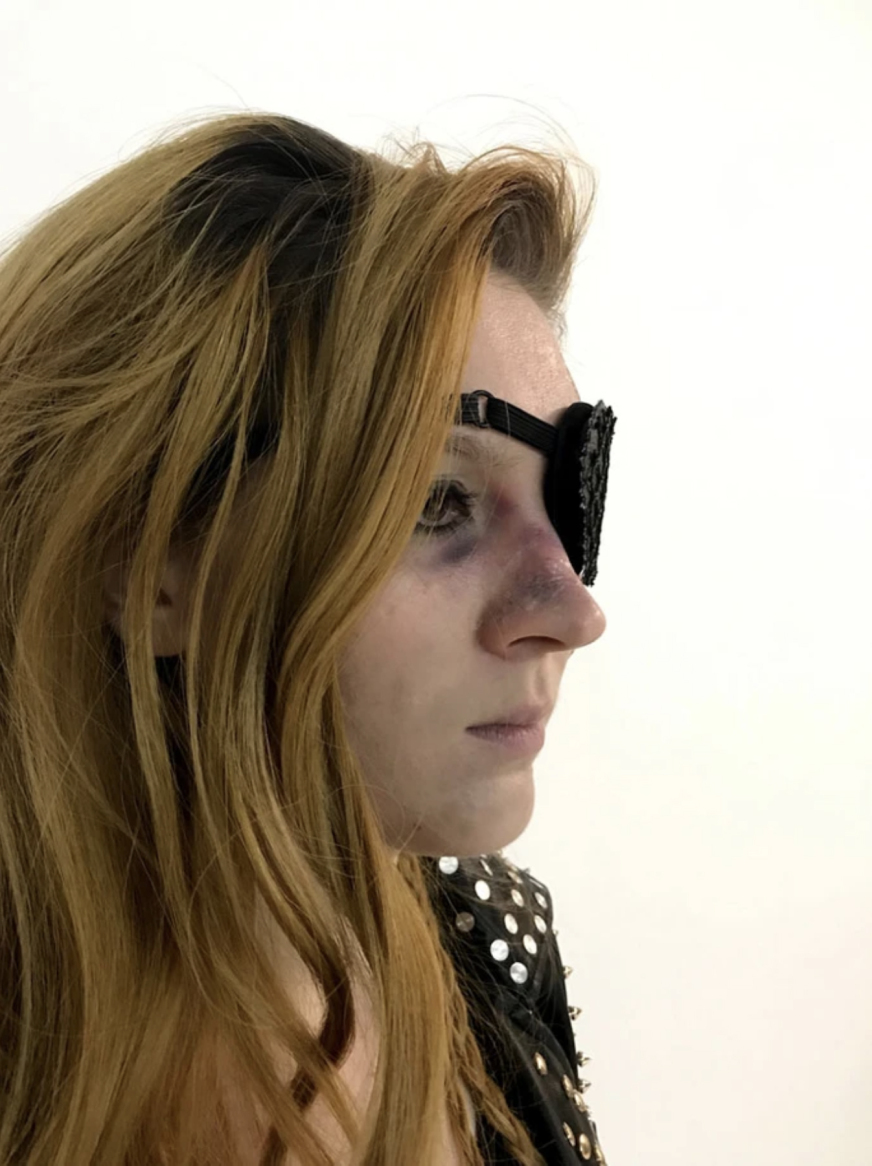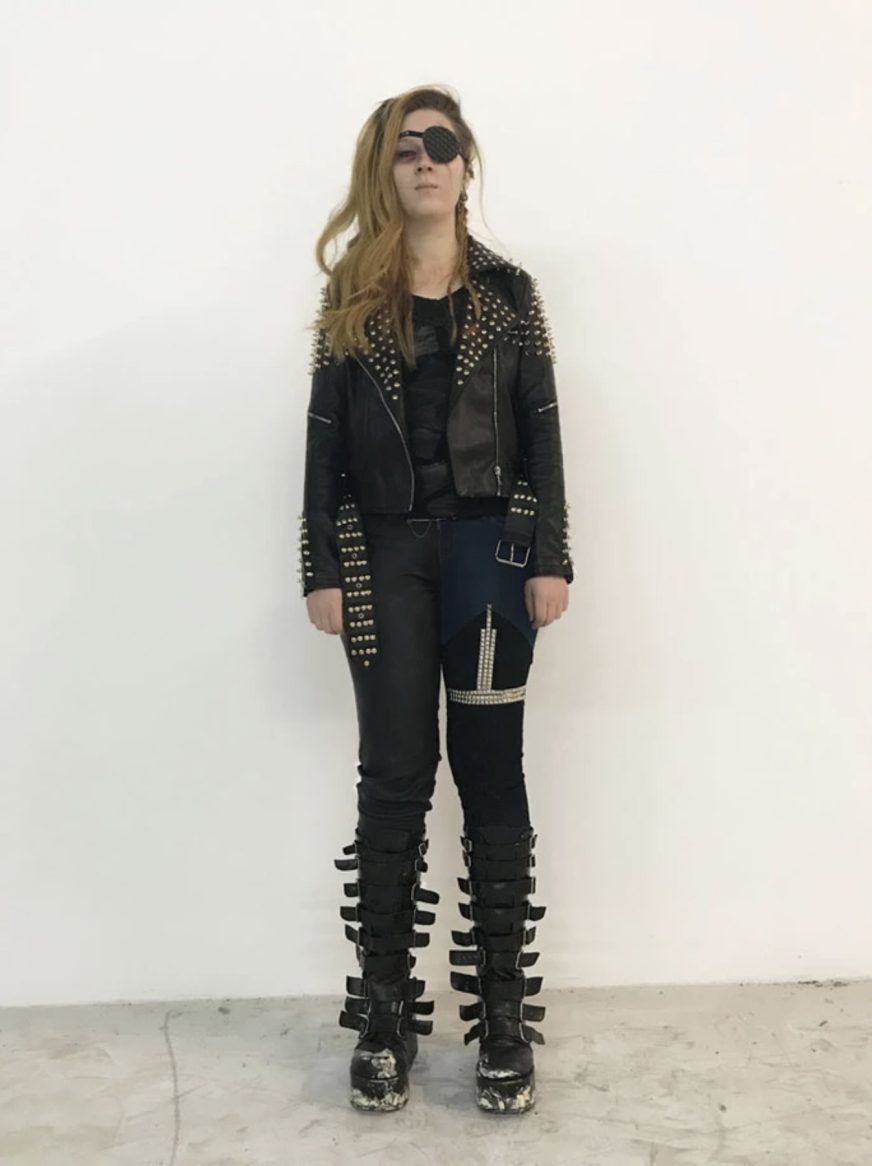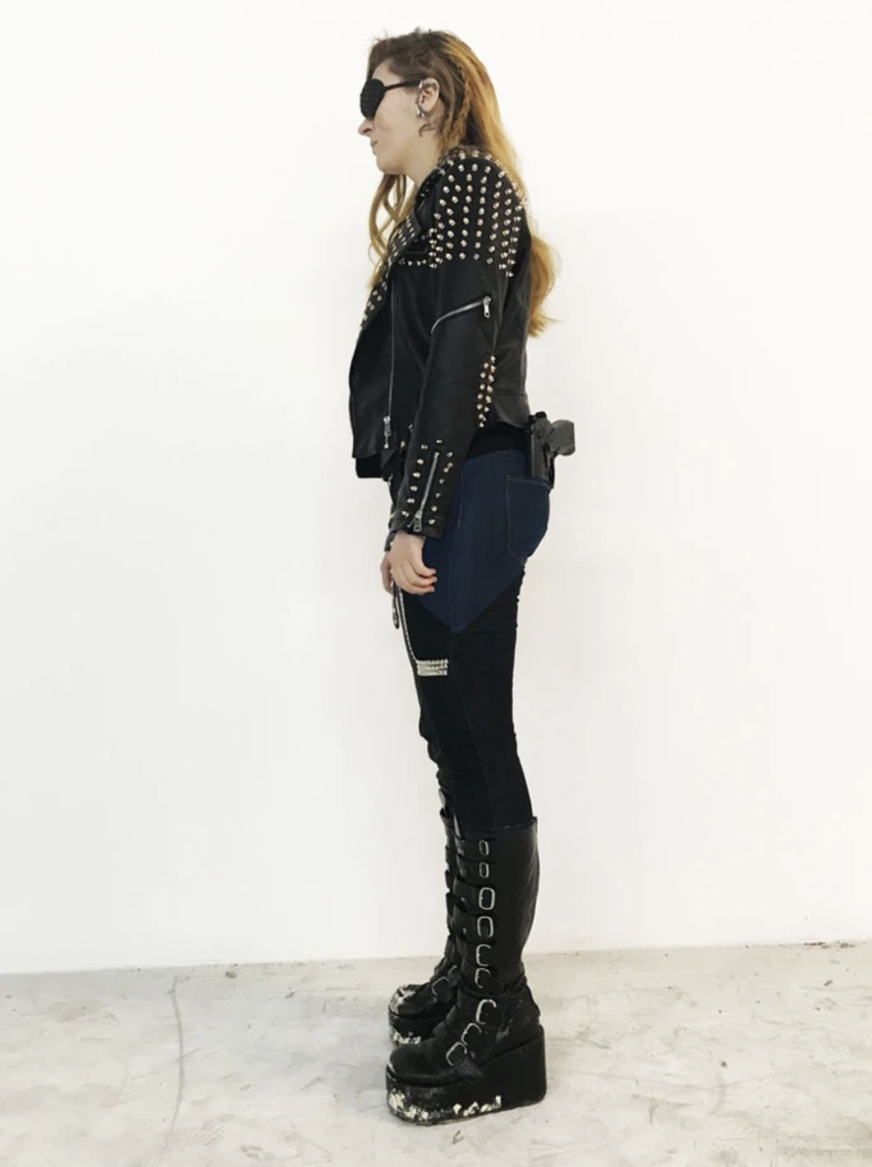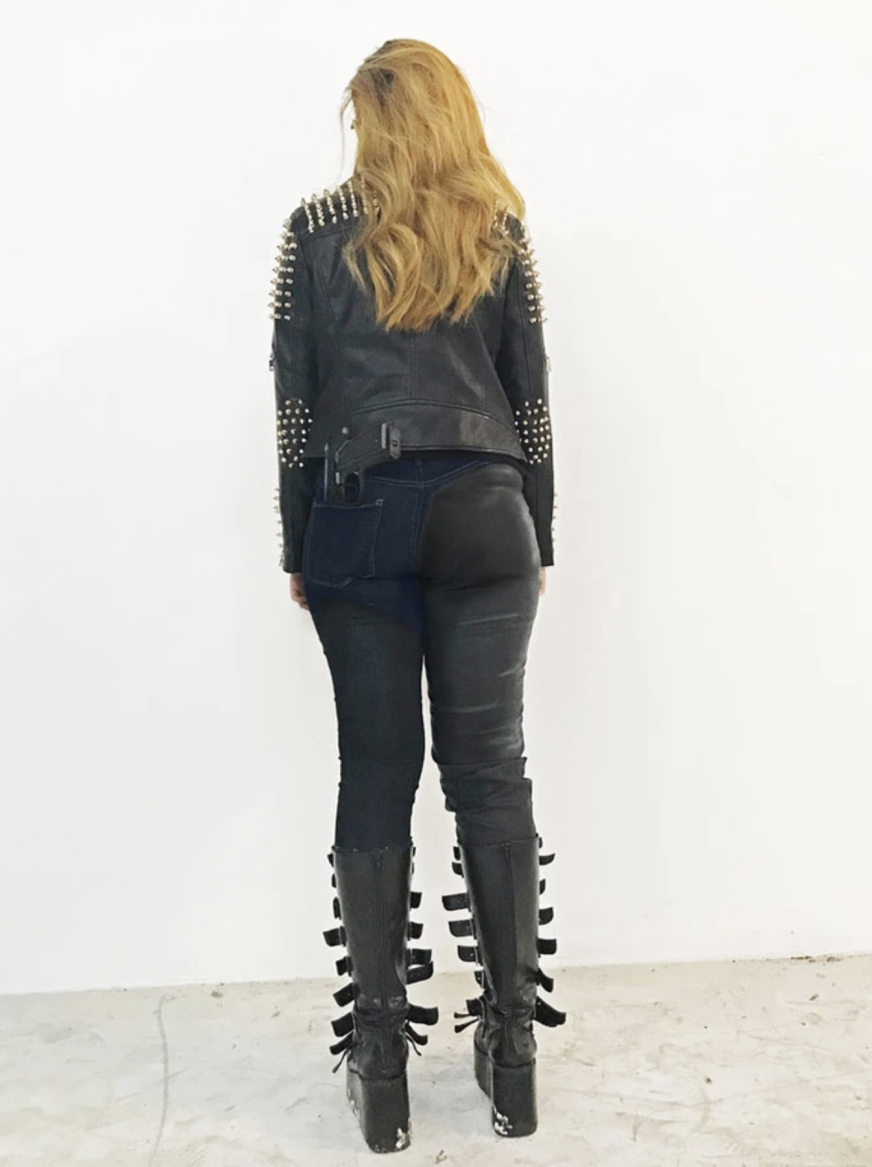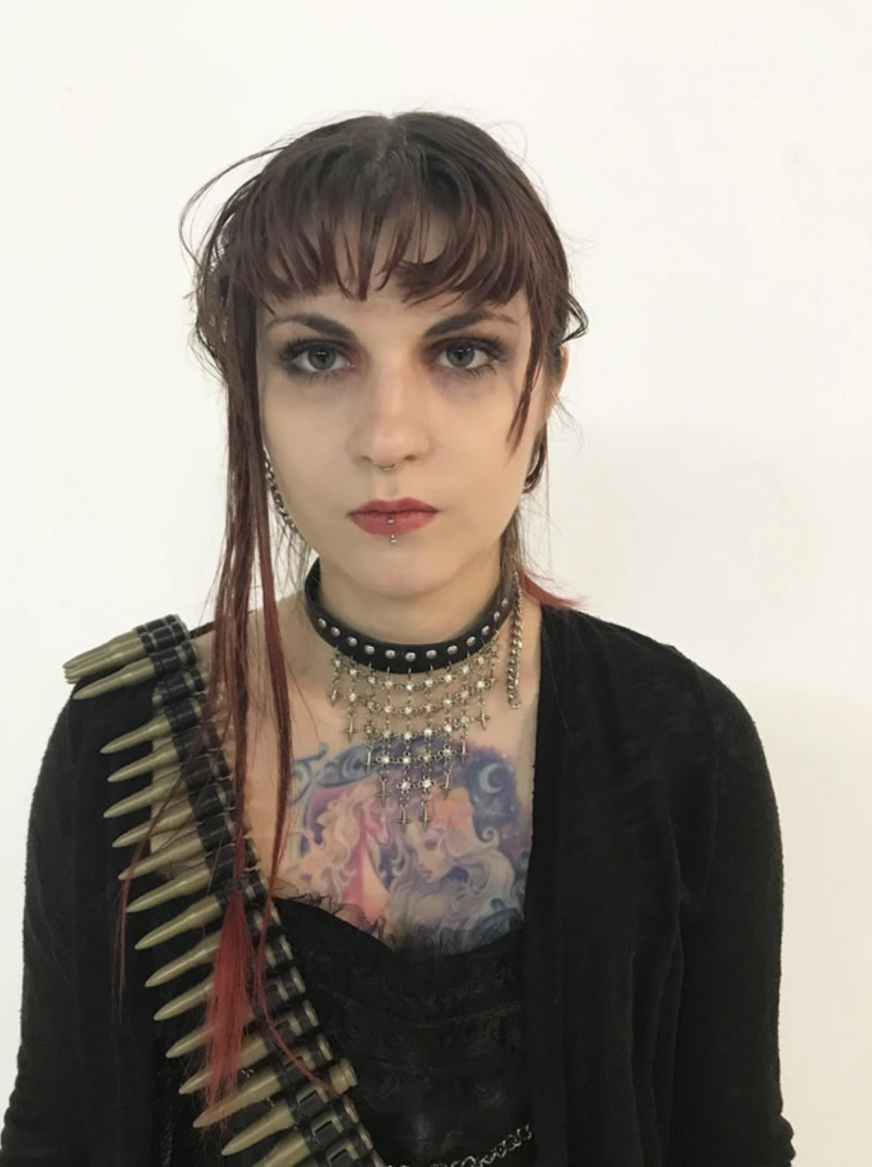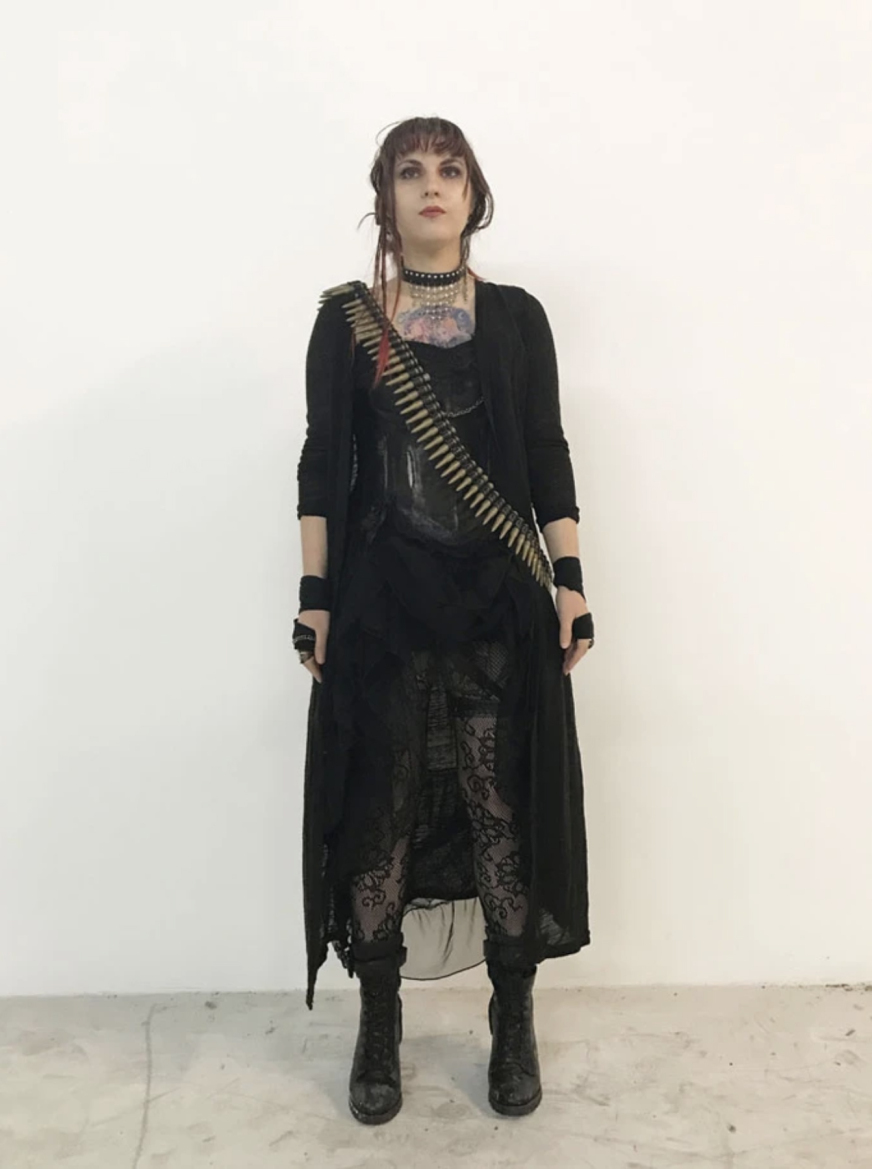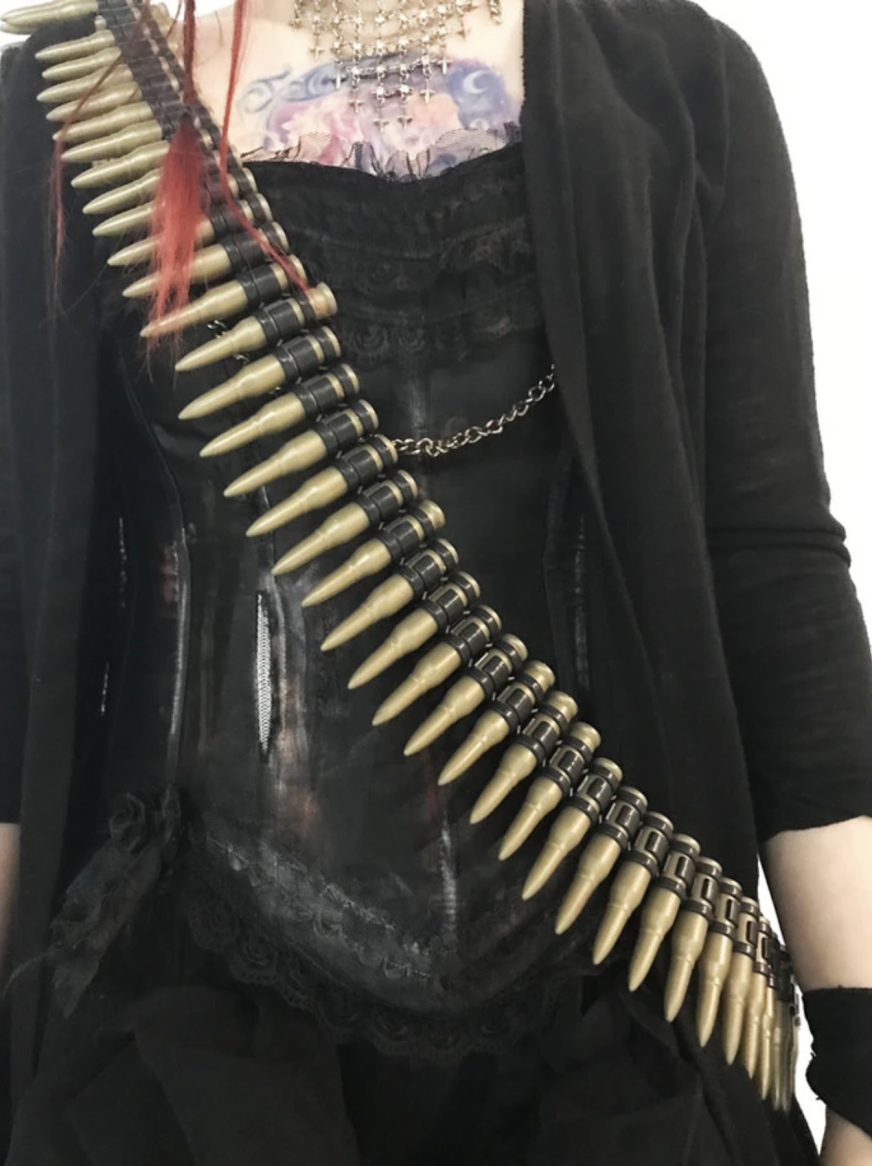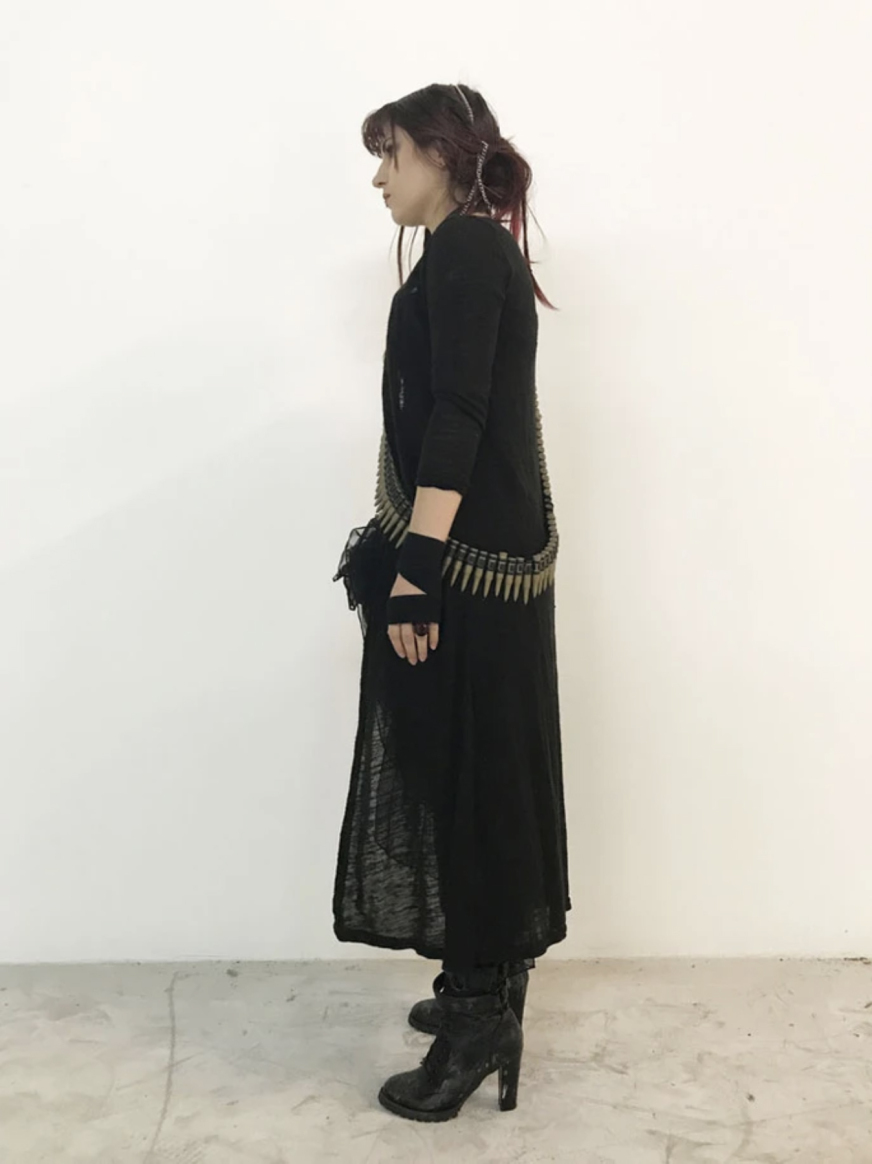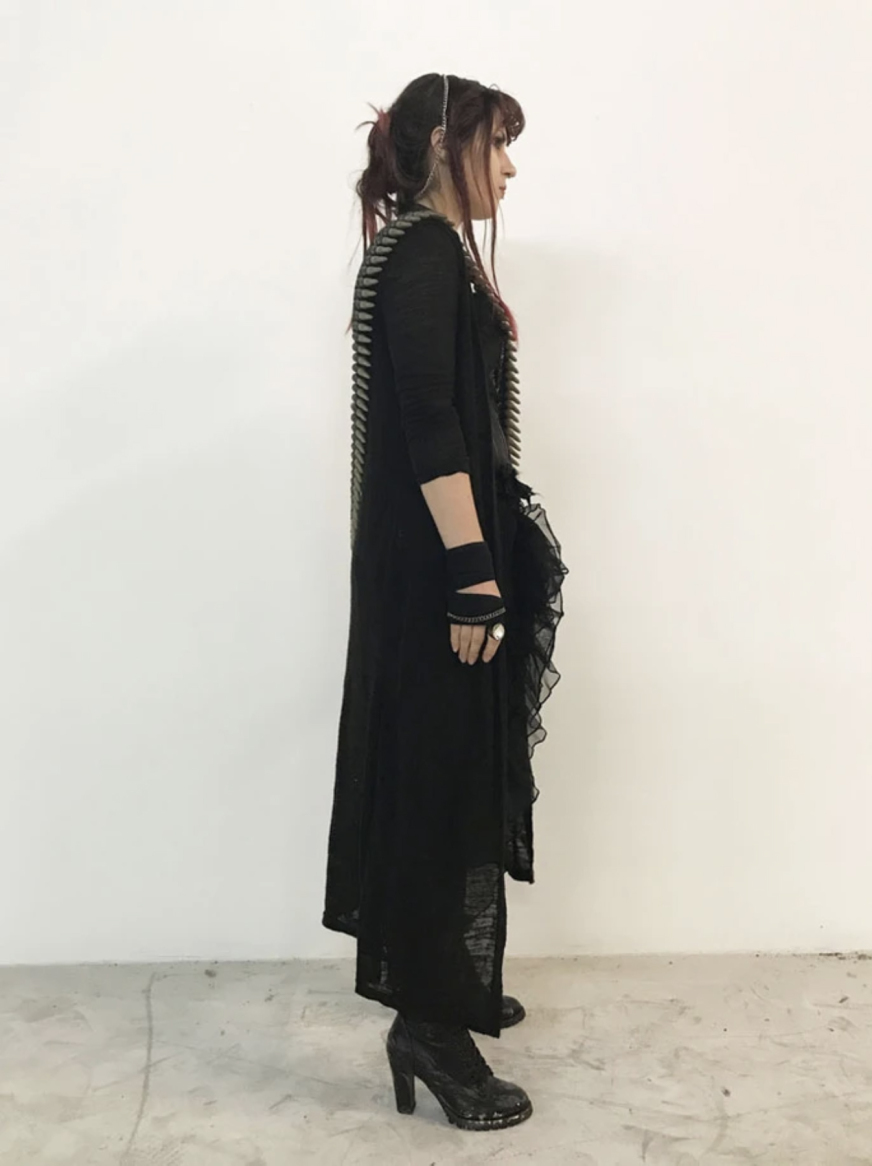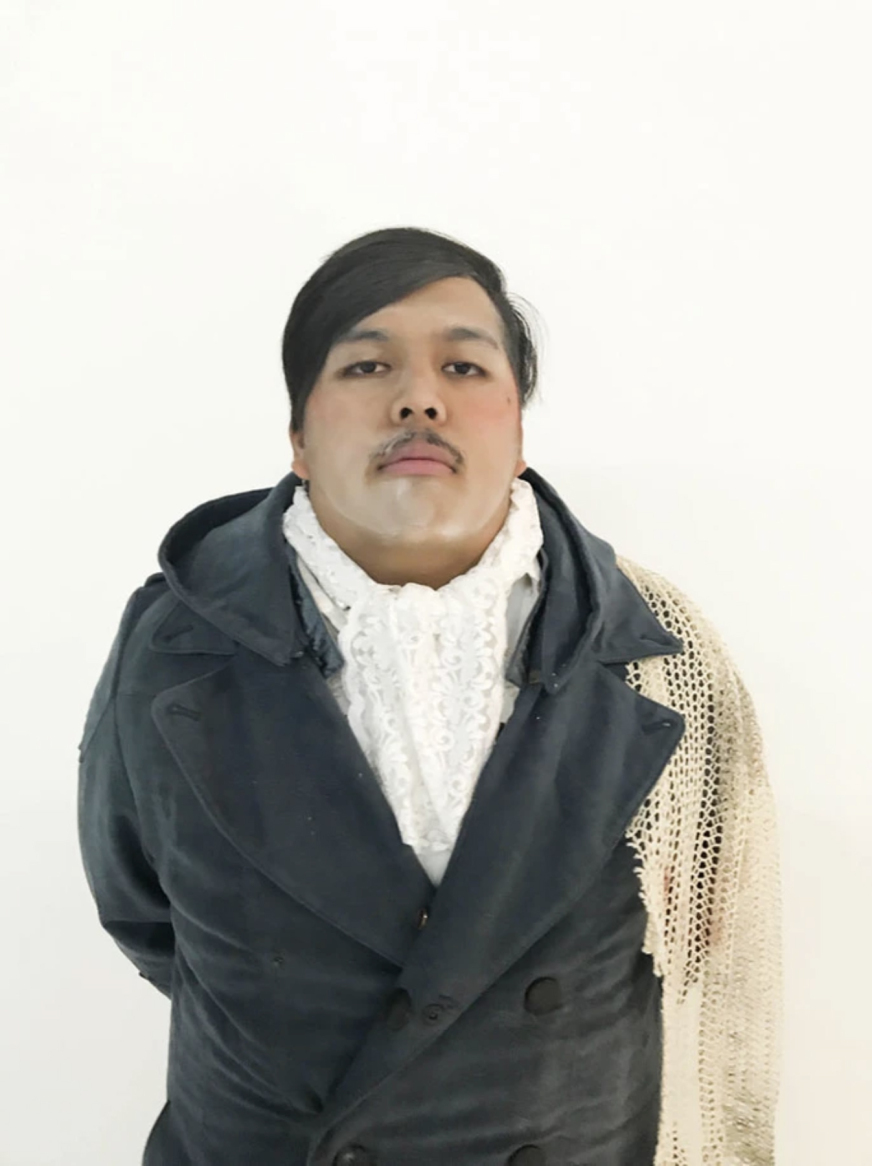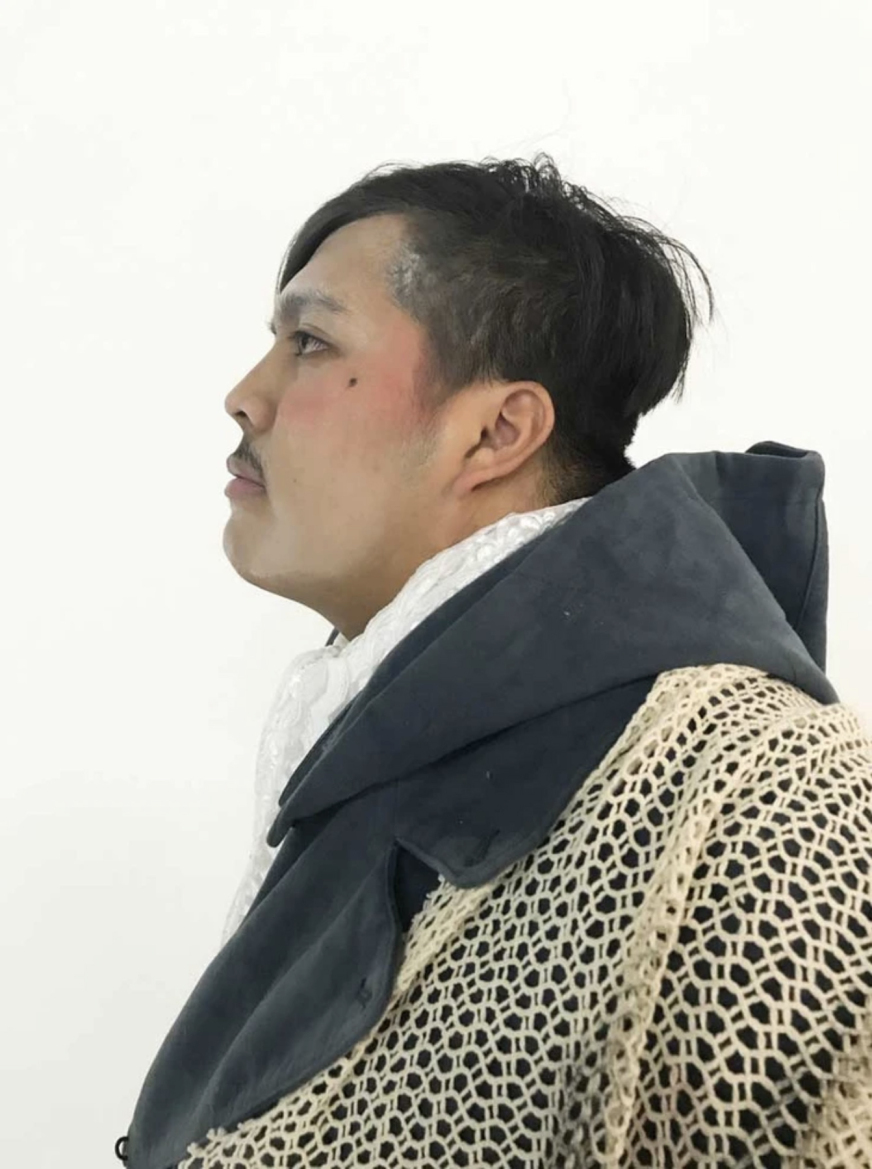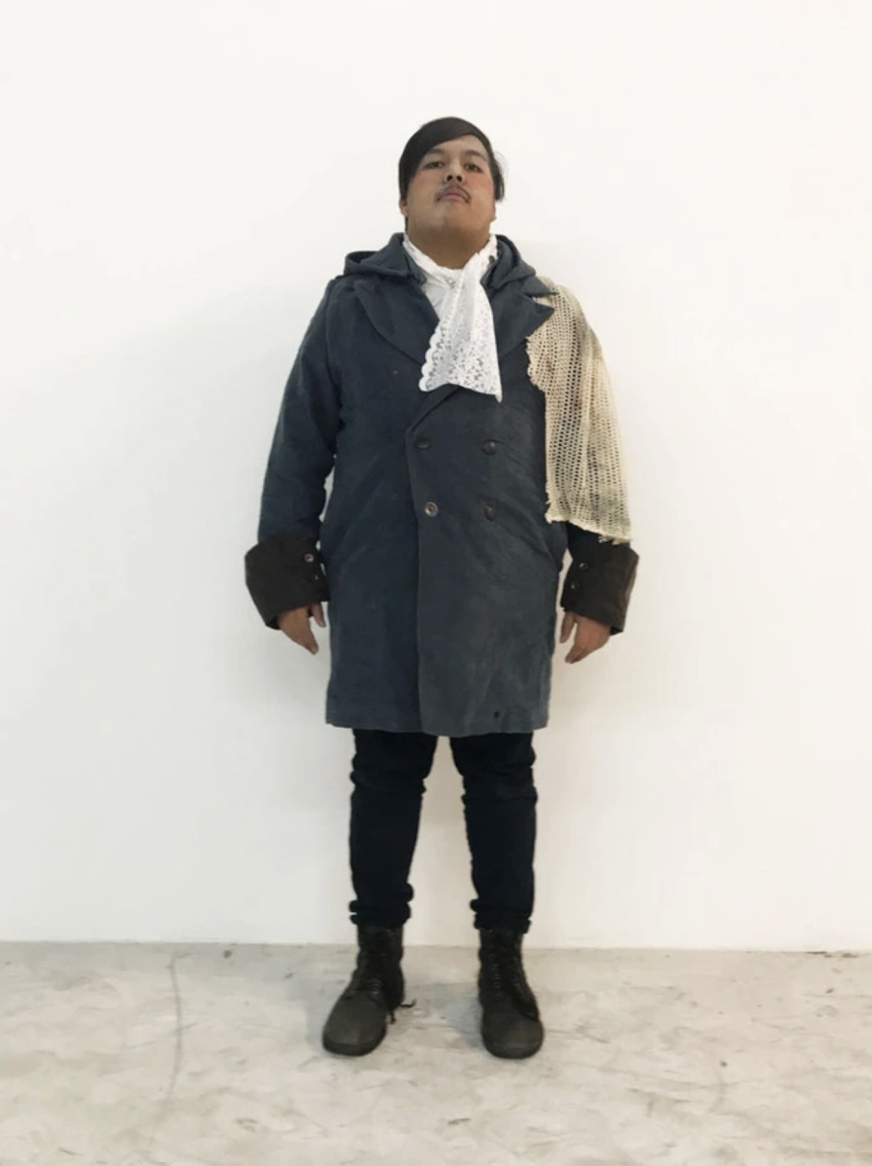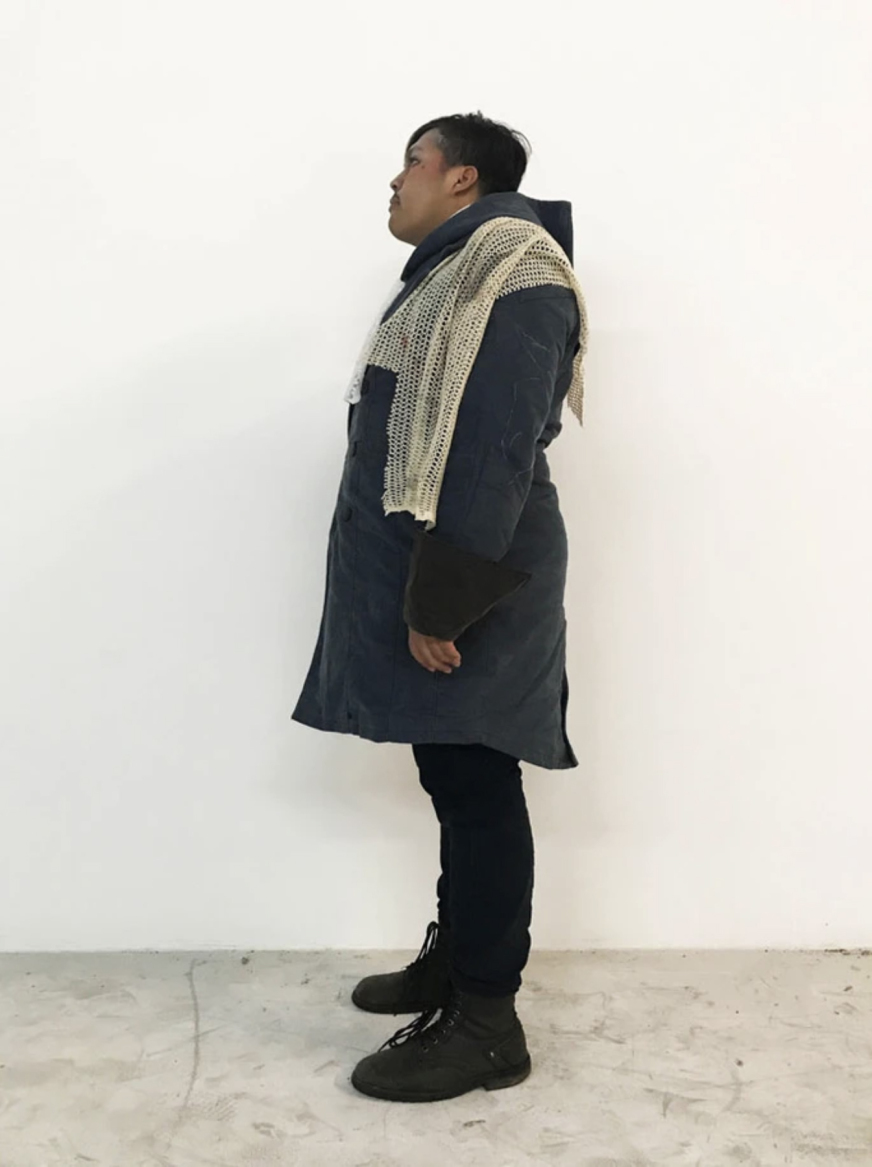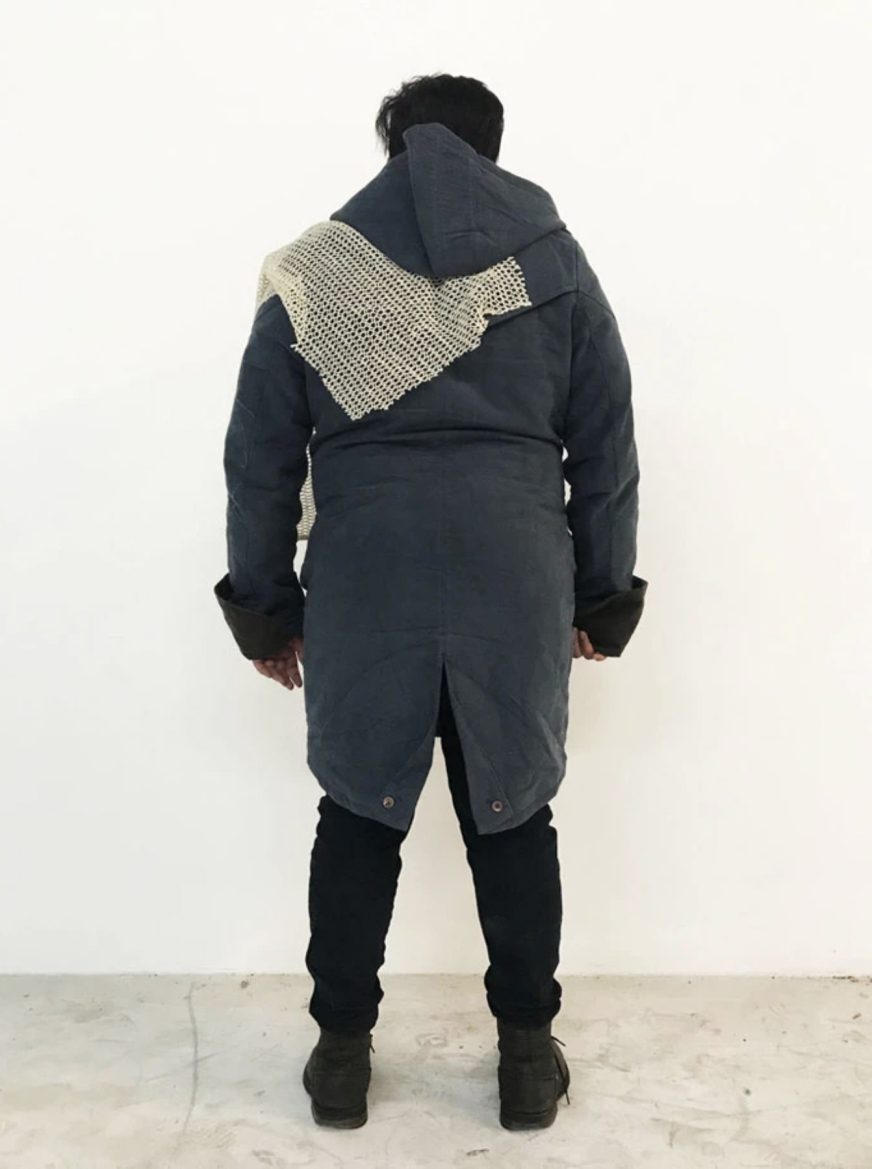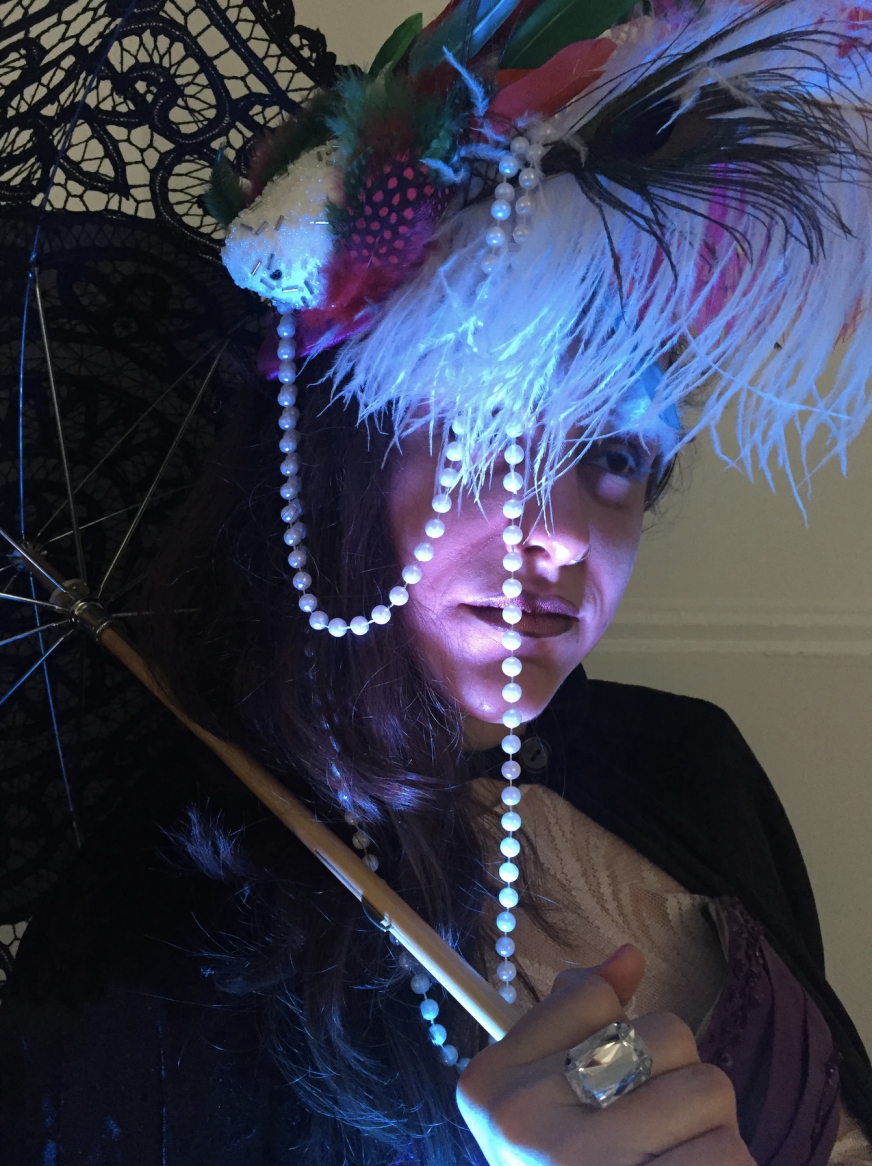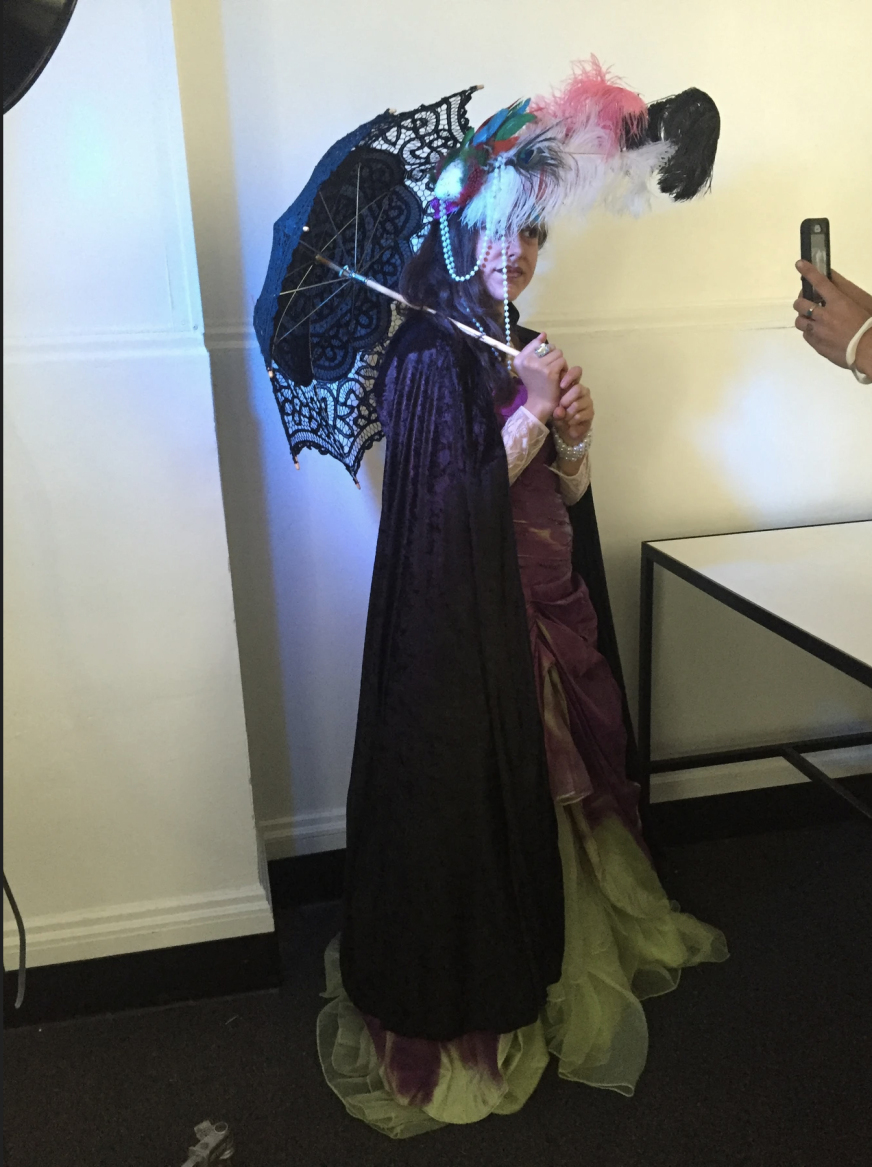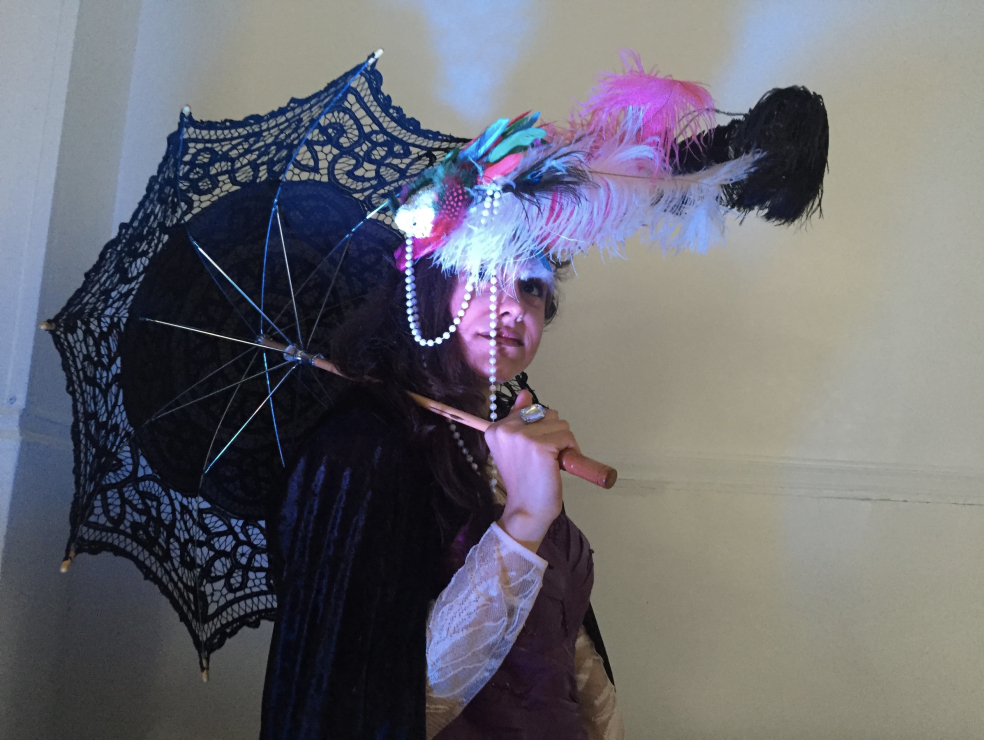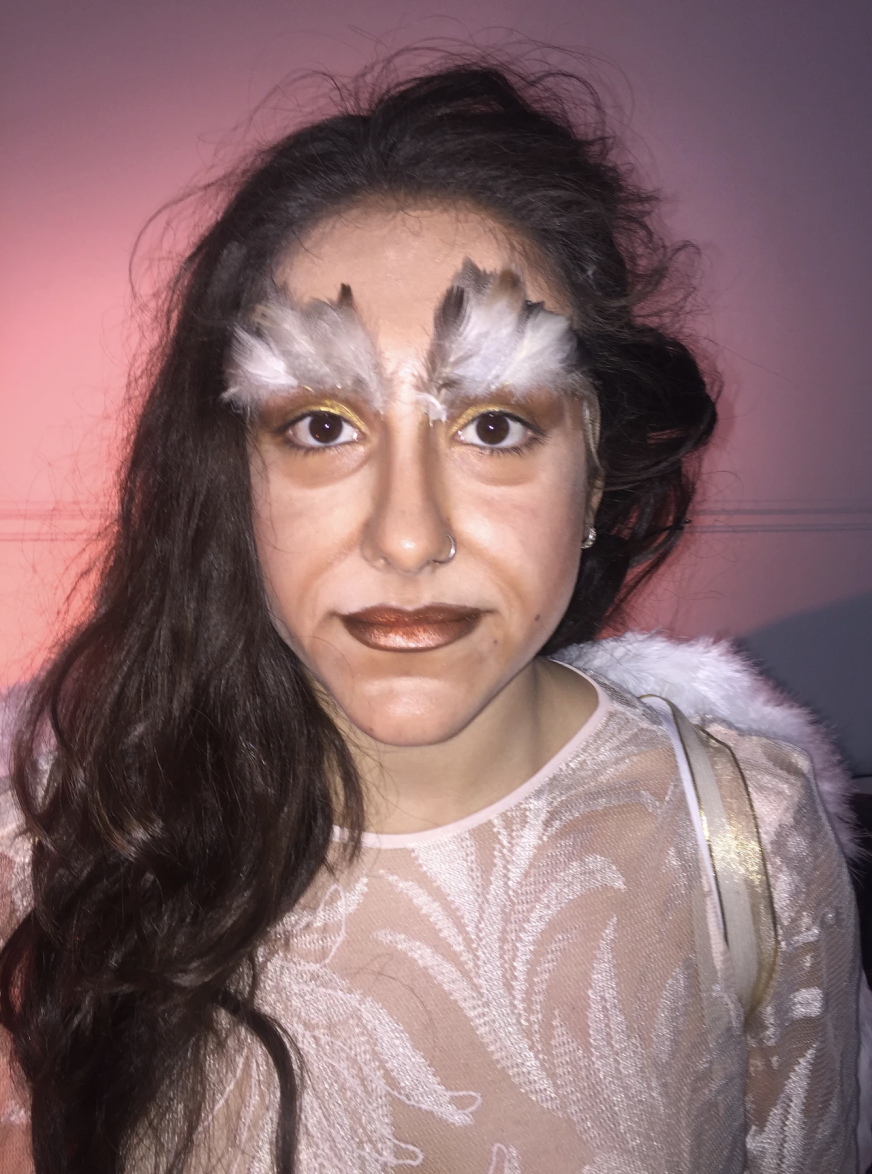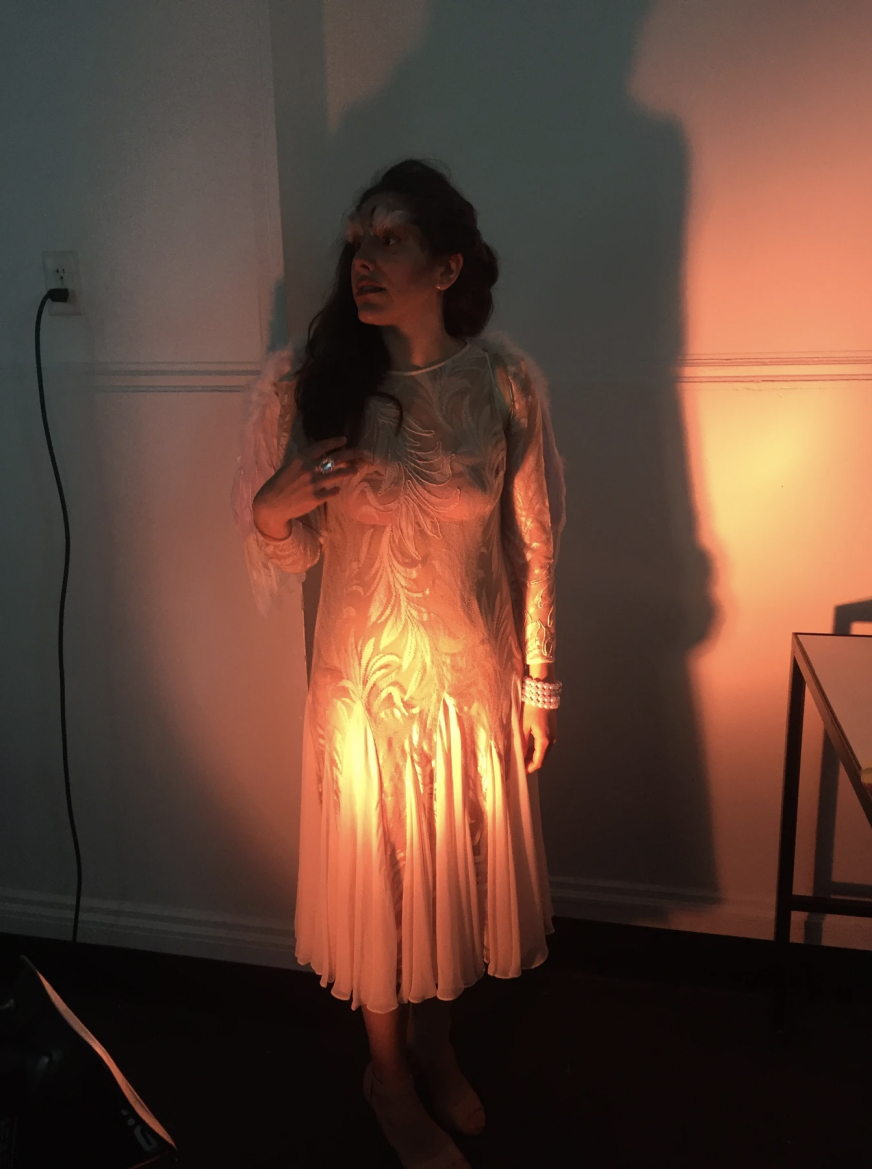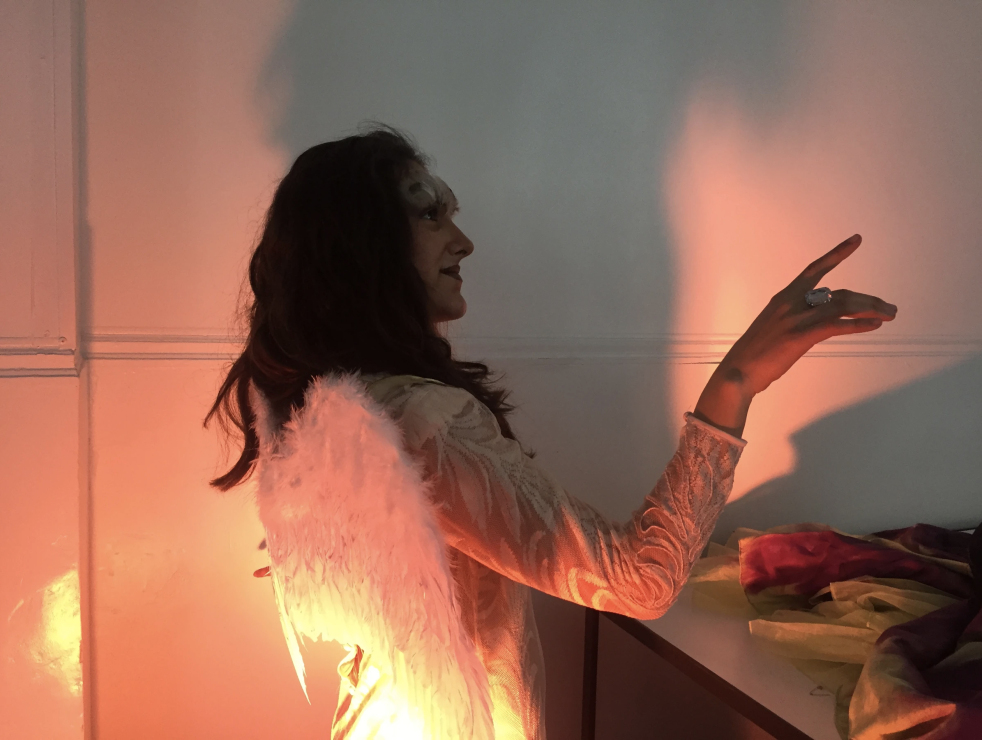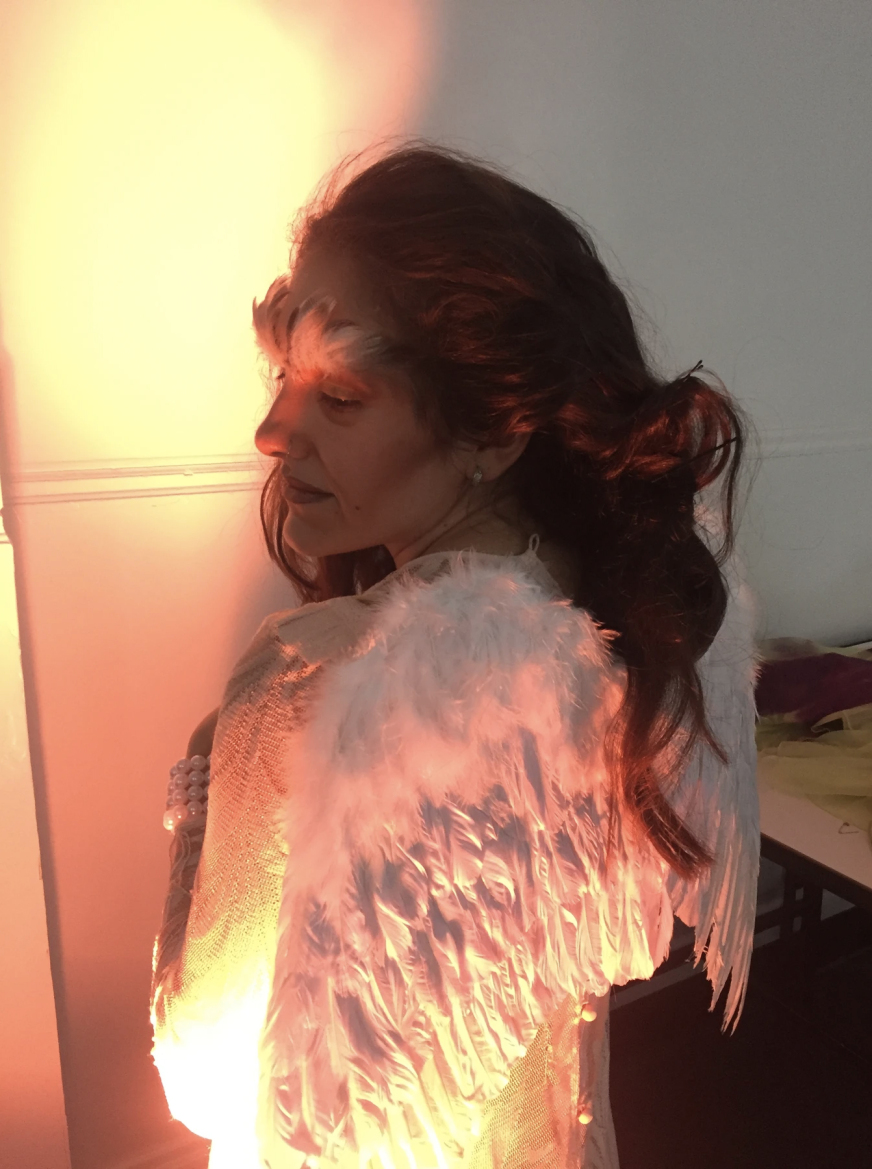"In the Next Room (or The Vibrator Play)" is a play written by Sarah Ruhl in 2009. The play explores the early era of the vibrator, where it was purportedly employed by doctors as a clinical tool to induce orgasm in women as a supposed treatment for "hysteria."
"The Misanthrope, or the Cantankerous Lover," a 17th-century comedy in verse by Molière, premiered on June 4, 1666, at the Théâtre du Palais-Royal in Paris, performed by the King's Players.
This play satirizes the hypocrisies within French aristocratic society while also adopting a more serious tone to highlight the imperfections common to all humanity. It distinguishes itself from other contemporary farces by featuring dynamic characters such as Alceste and Célimène, deviating from the flat caricatures typical of traditional social satire. Furthermore, unlike many of Molière's other works, it places a greater emphasis on character development and nuances over plot progression. Despite not achieving commercial success during its initial run, the play has endured and stands as Molière's most renowned work in contemporary times.
The 1980 space opera superhero film "Flash Gordon" is an American production inspired by the King Features comic strip created by Alex Raymond. The storyline revolves around Flash Gordon, a prominent quarterback, and his comrades Dale Arden and Hans Zarkov. Together, they strive to bring together the conflicting factions of the planet Mongo to resist the tyranny of Ming the Merciless, who is determined to annihilate Earth.
"Escape from New York" is a 1981 American science fiction action film that unfolds in the not-too-distant future of 1997. The narrative revolves around a crime-infested United States, where Manhattan Island in New York City has been transformed into the nation's exclusive maximum-security prison. In a deliberate act by anti-government rebels, Air Force One is hijacked and crashed into the fortified borough. The protagonist, Snake Plissken, a former soldier and current federal prisoner, is tasked with a time-sensitive mission: to enter the prison within 24 hours, rescue the President of the United States, and, if successful, secure his own pardon.
Makeup and Costume Design by Tina Shetabi
"Madame Collects Herself" by Djuna Barnes unfolds in a Parisian hairdresser's shop during the 1920s. The story begins with the entrance of Madame Zolbo, an opulent woman, preparing for a date with one of her numerous lovers. Engaging with the shop's staff—Monsieur and Madame Goujon and Mademoiselle Fifine—it is disclosed that Madame Zolbo not only accumulates lovers but also appropriates parts of their bodies to incorporate into her own. For instance, her hair is from one lover, and a patch of skin on her arm is from another.
As Monsieur Goujon grows envious of Madame Zolbo's lovers, a burst of anger prompts him to instruct Fifine to attempt to murder her. In a shocking turn of events, Fifine stabs Madame Zolbo in the heart, only to discover that it was actually Monsieur's heart that he had given her. The play concludes with Madame Zolbo undergoing a transformation into a bird and flying away to continue her collection of lovers.
Makeup, Millinery and Costume Design by Tina Shetabi

